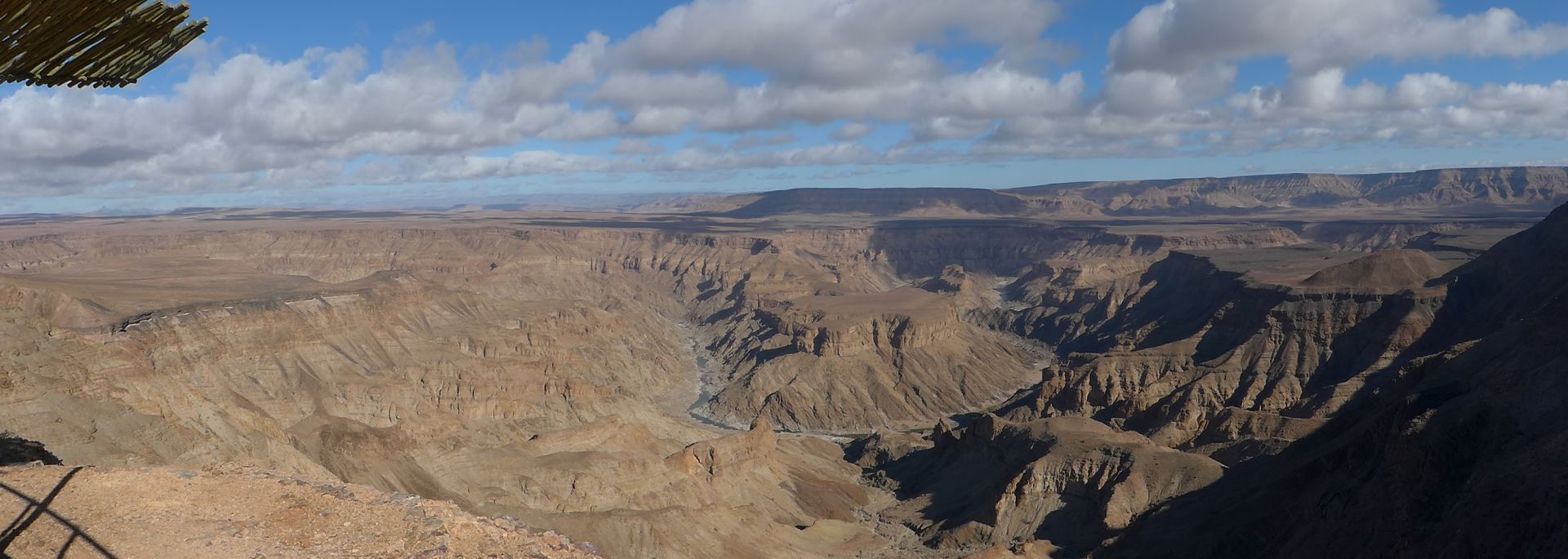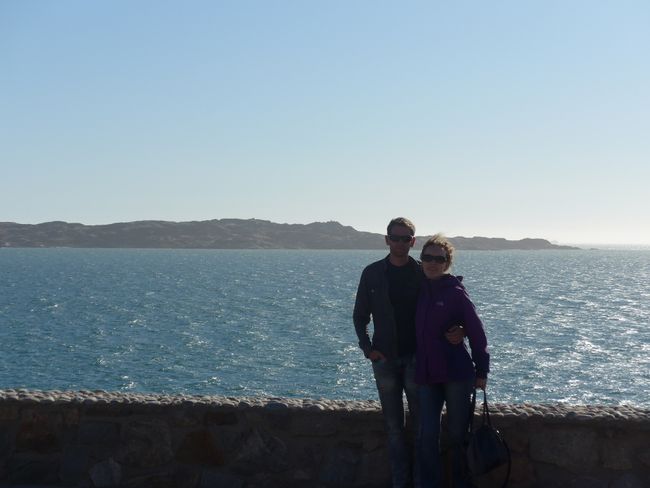Dessau - more sparrows than people
Опубликовано: 29.06.2020
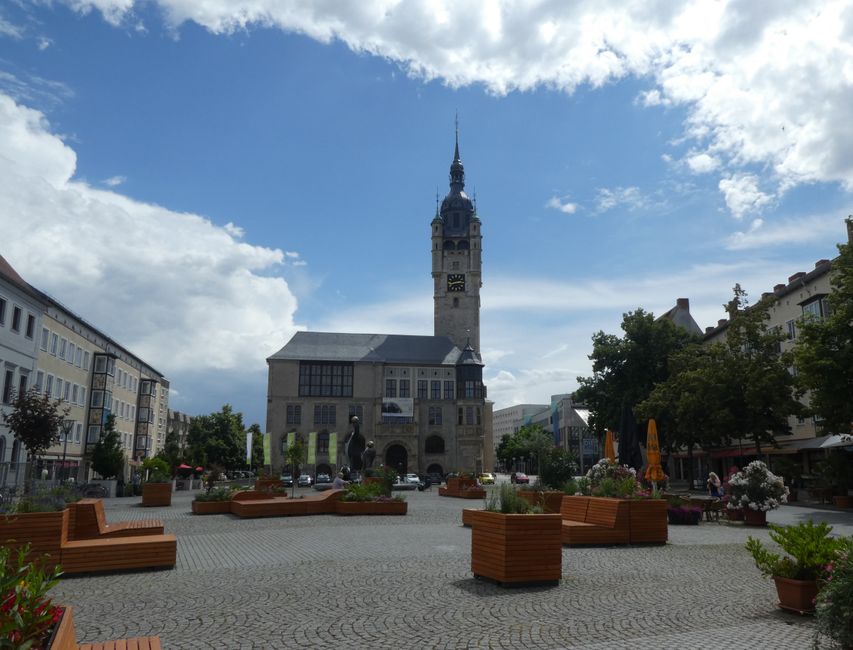
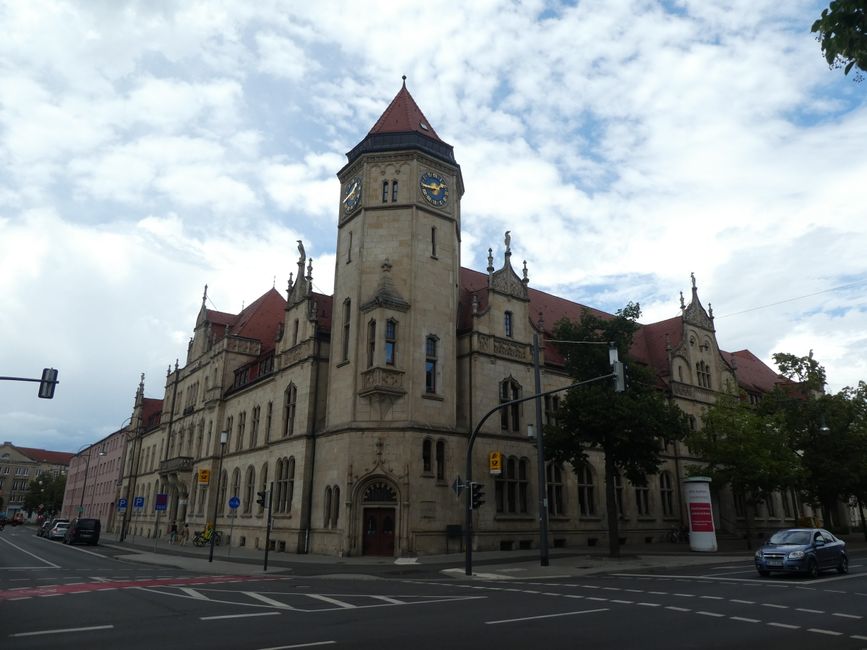
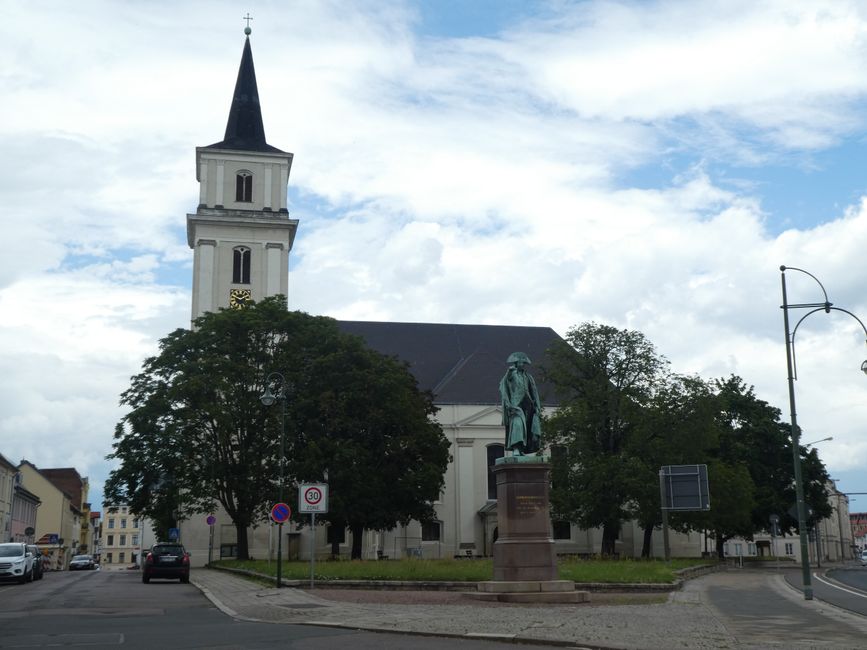
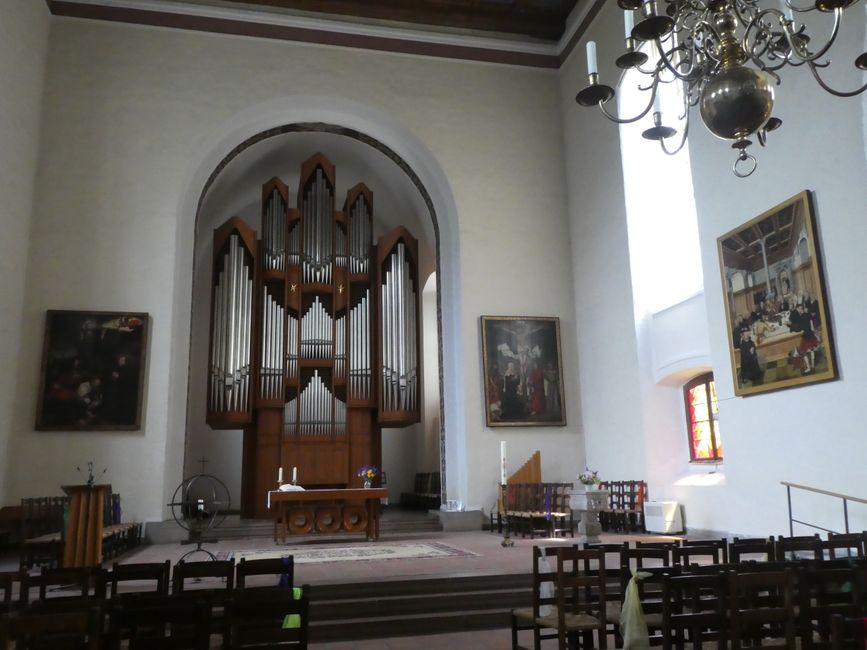
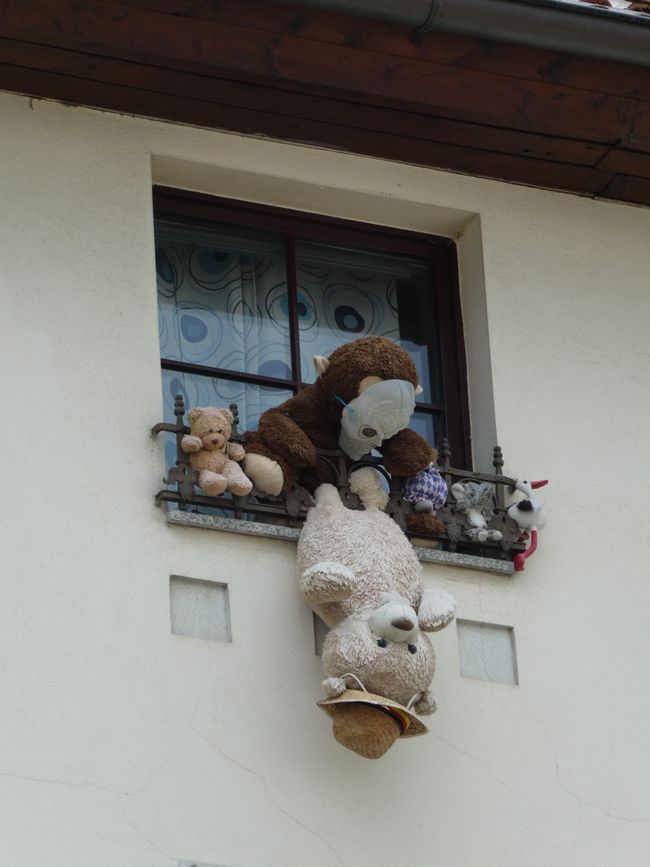
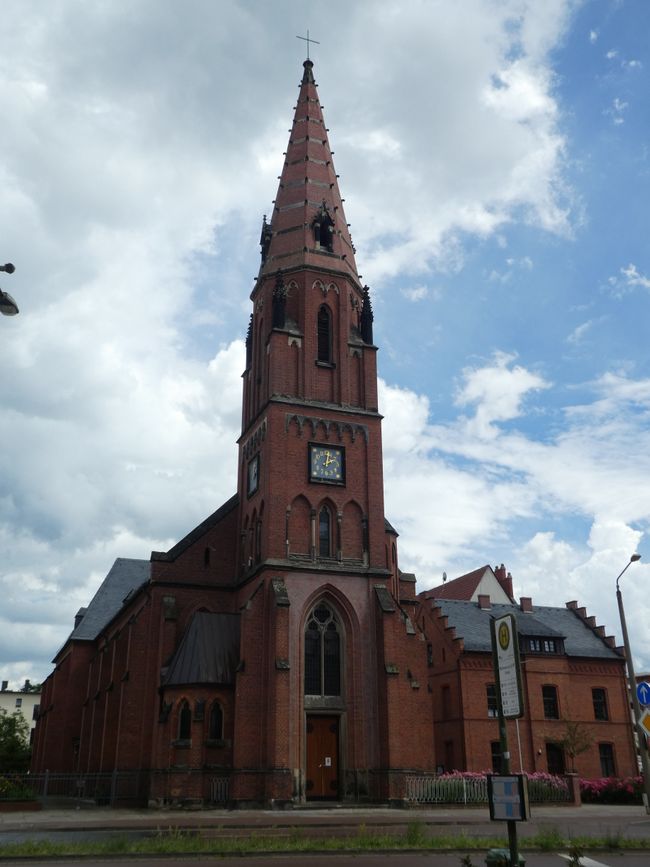
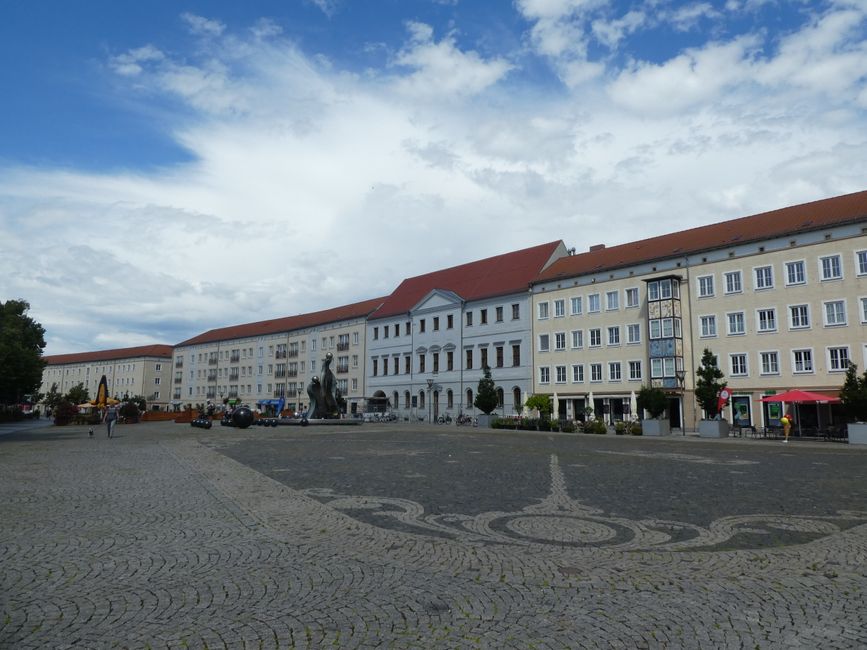
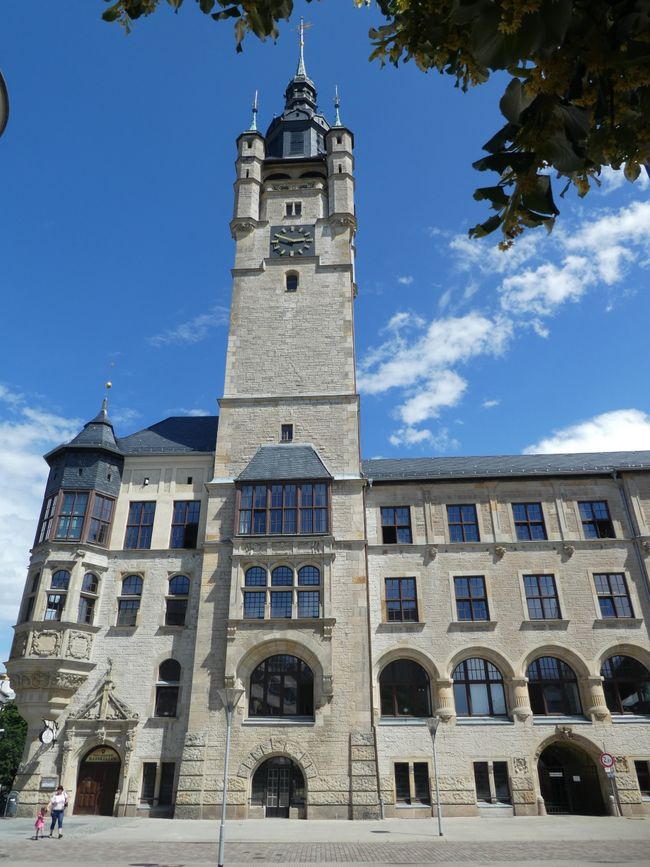
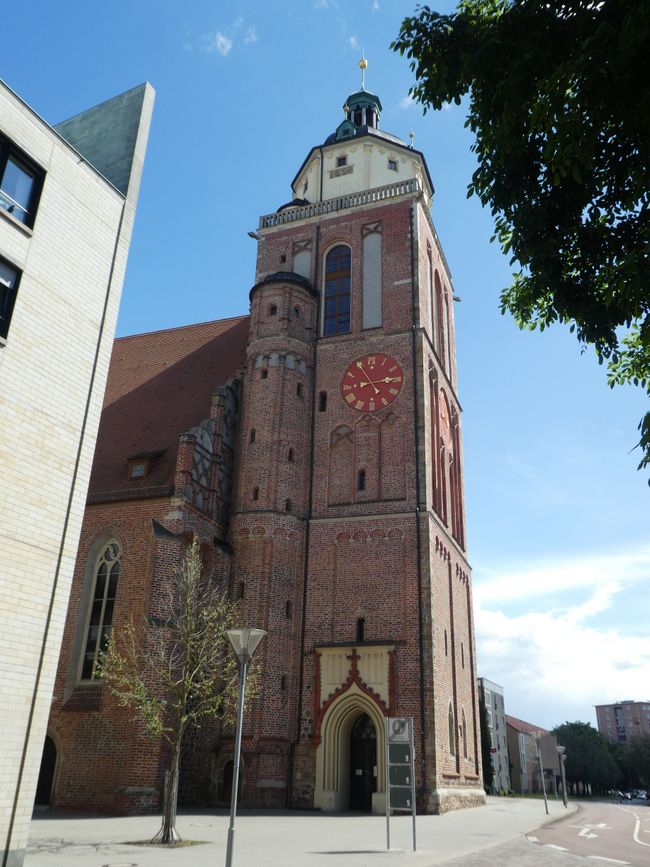
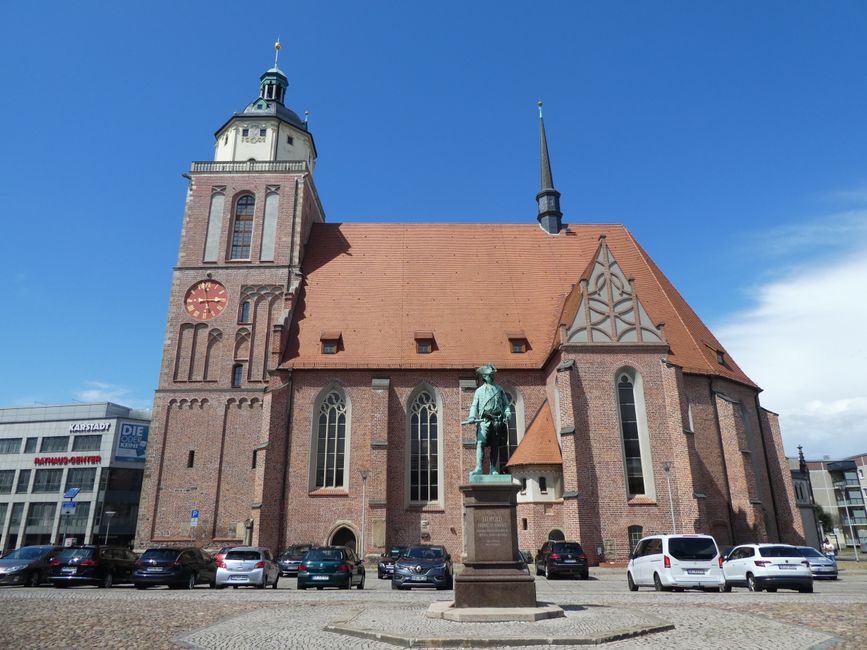
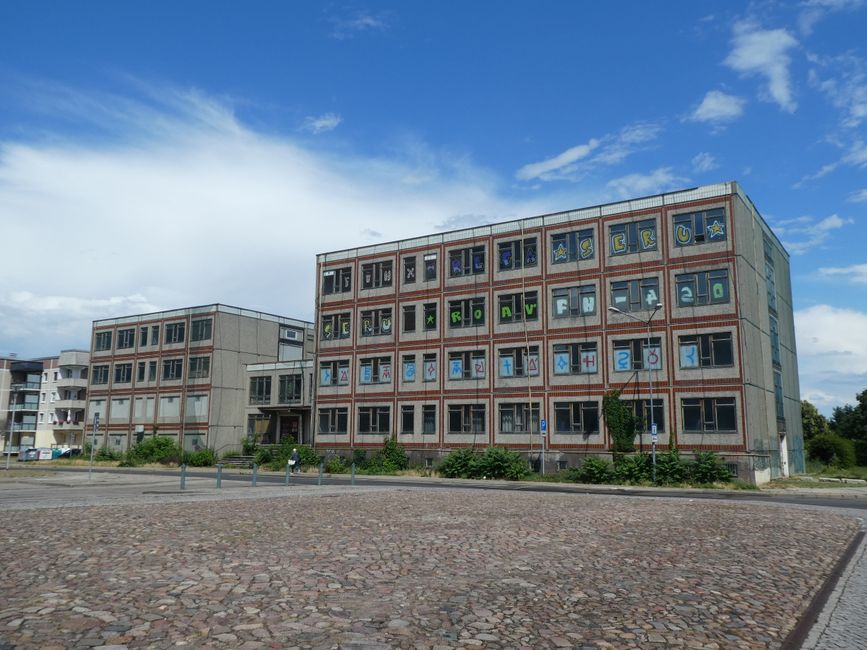
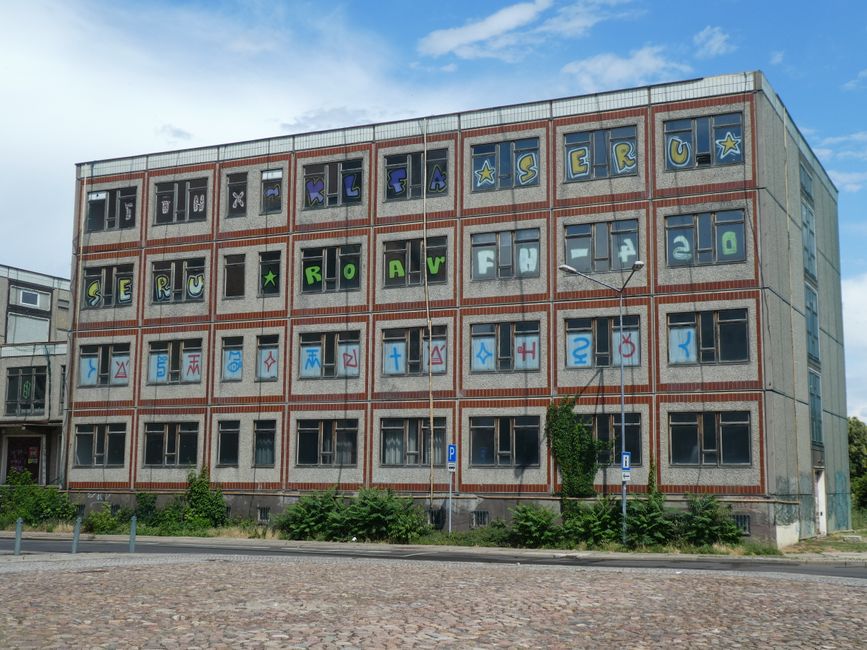
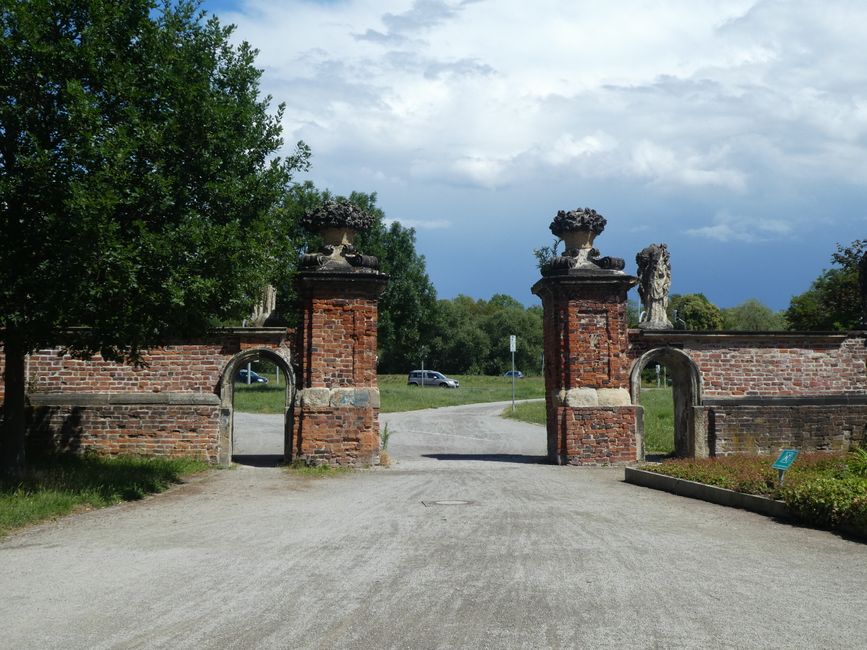
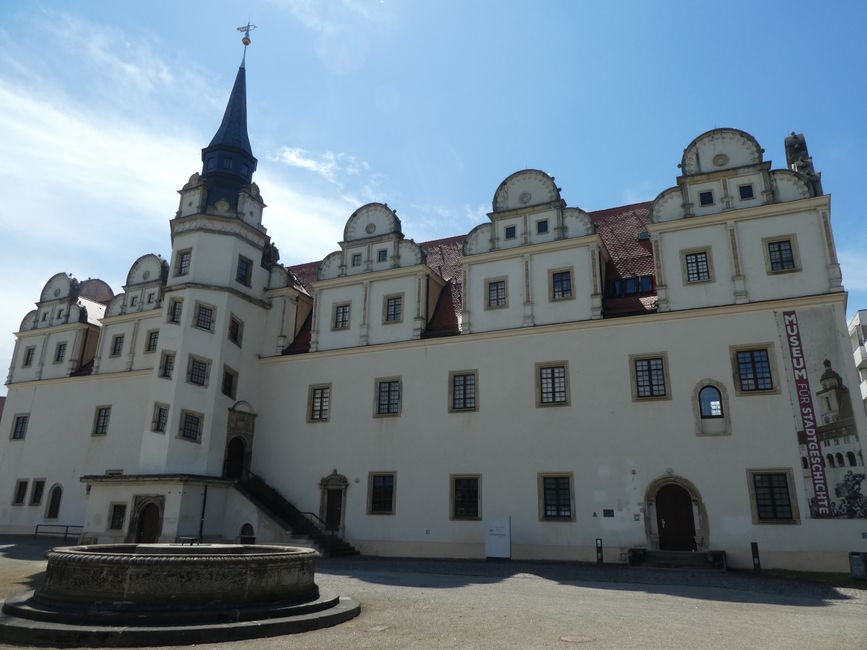
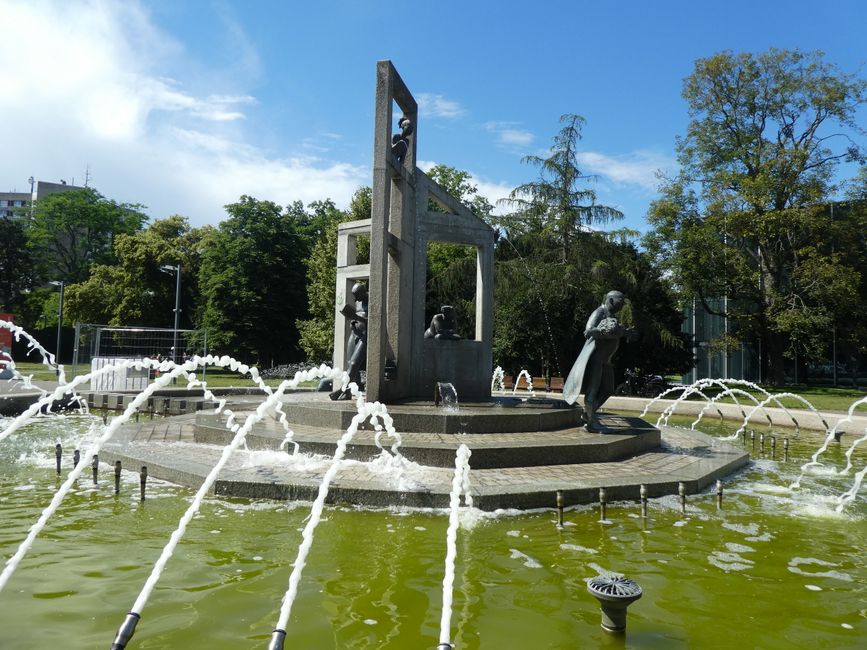
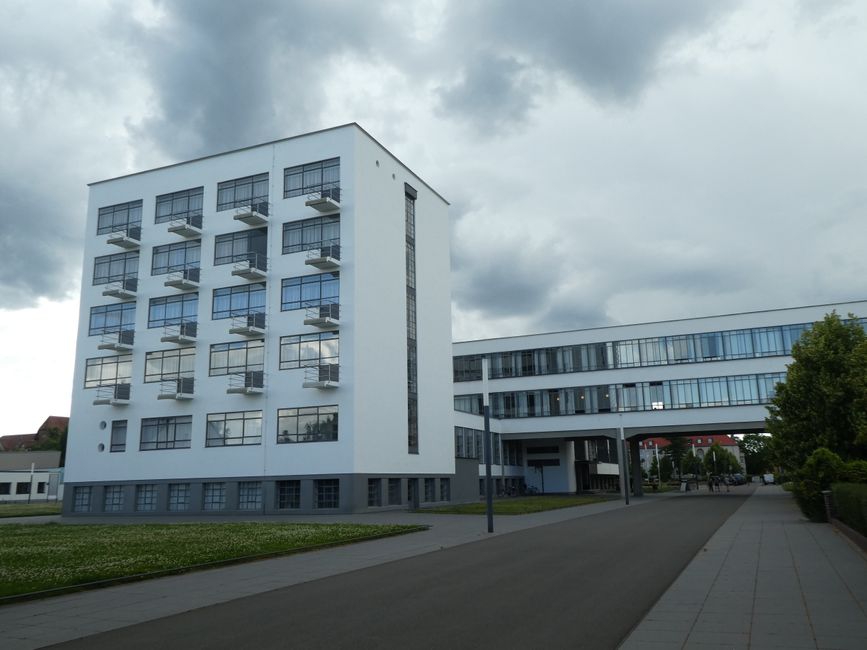
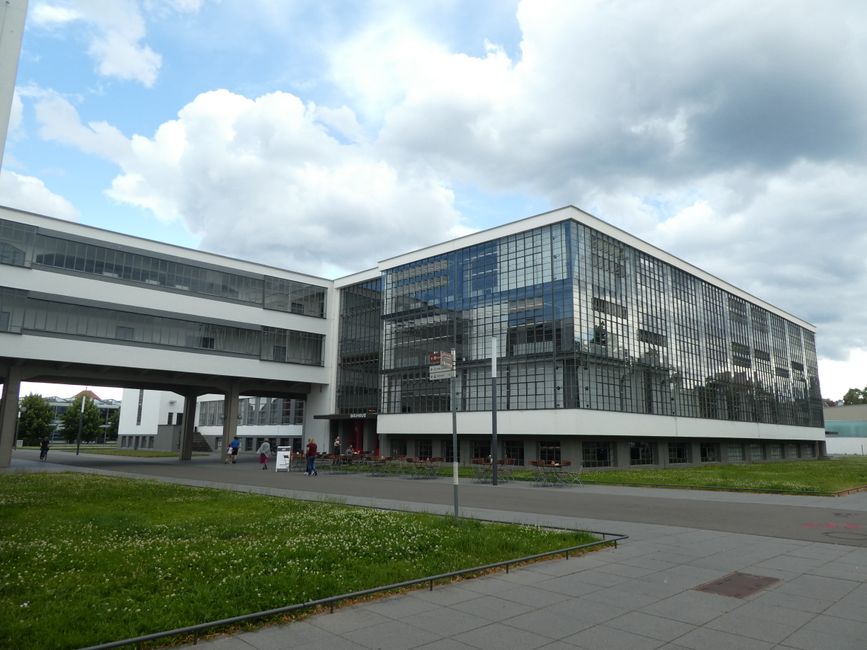
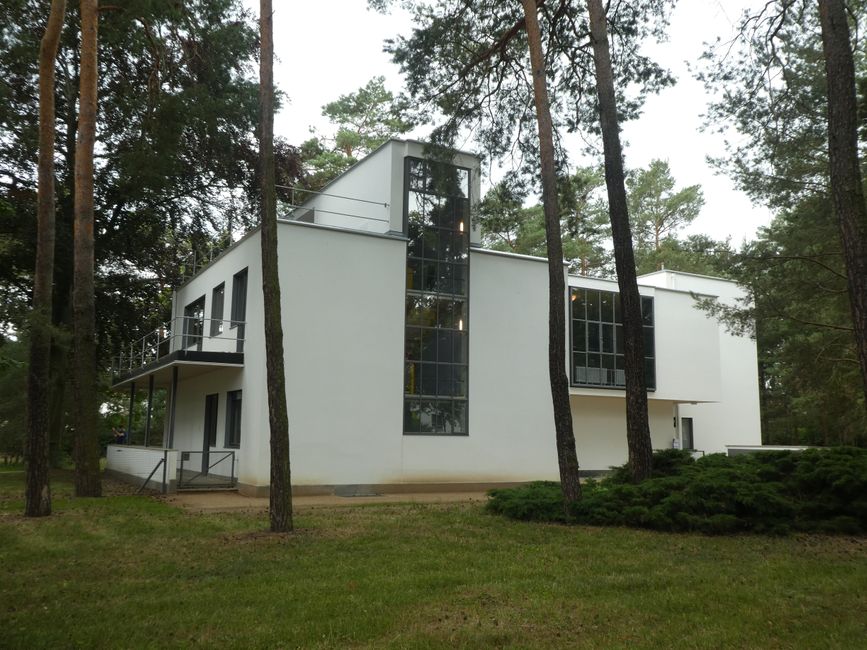
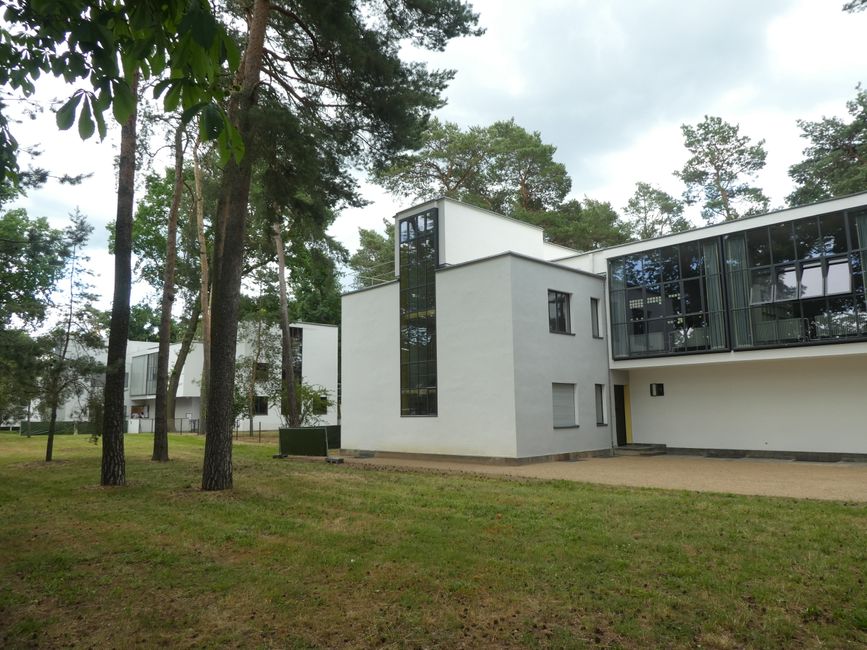
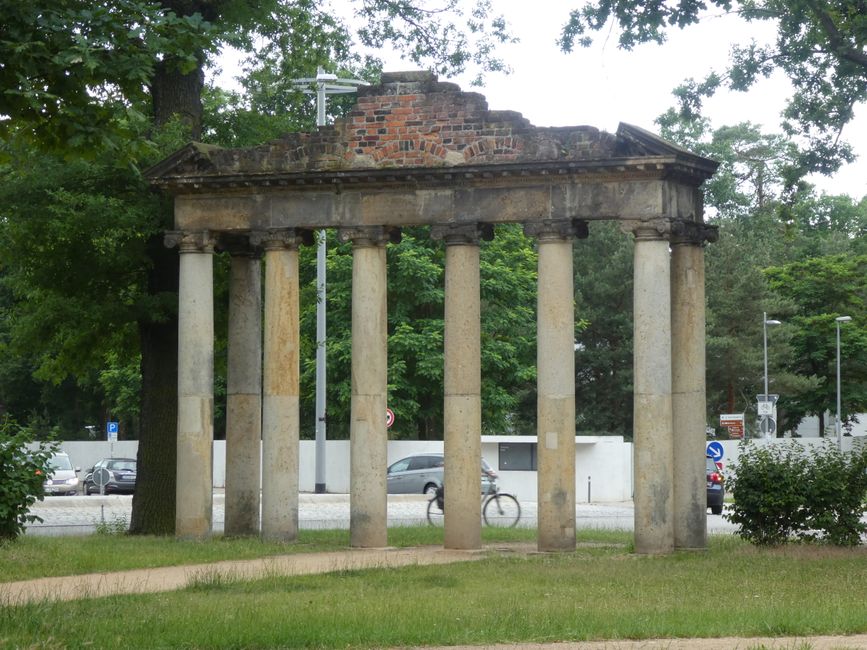
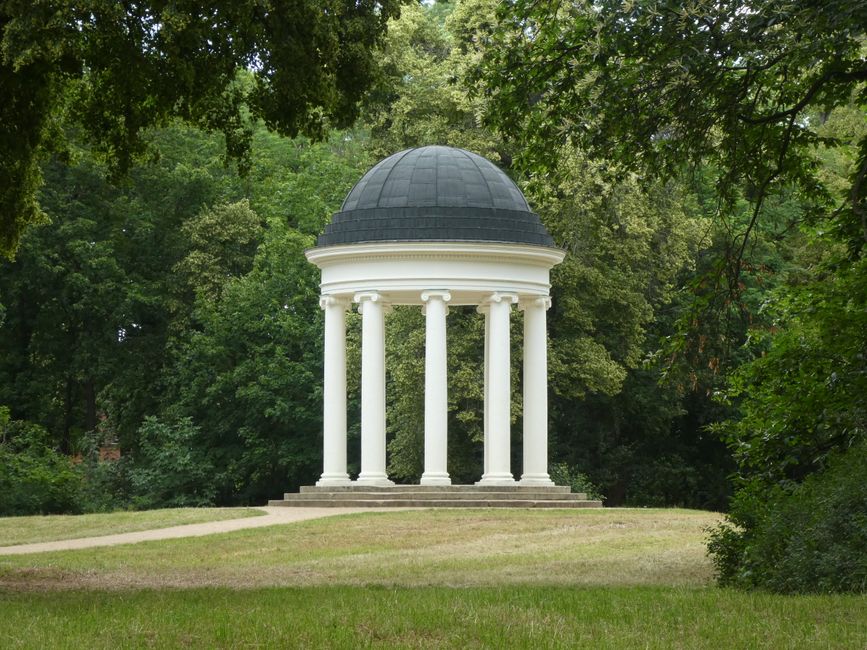
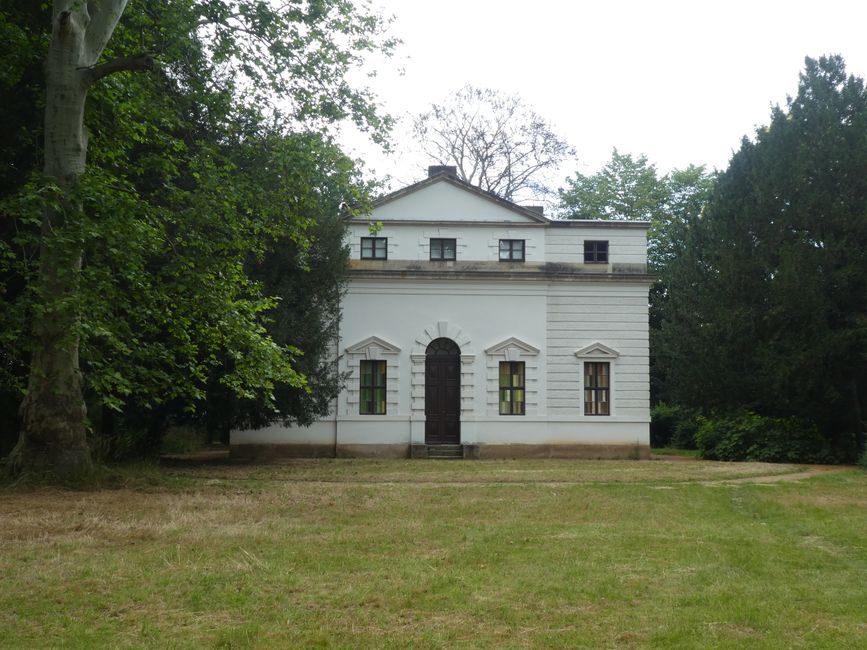
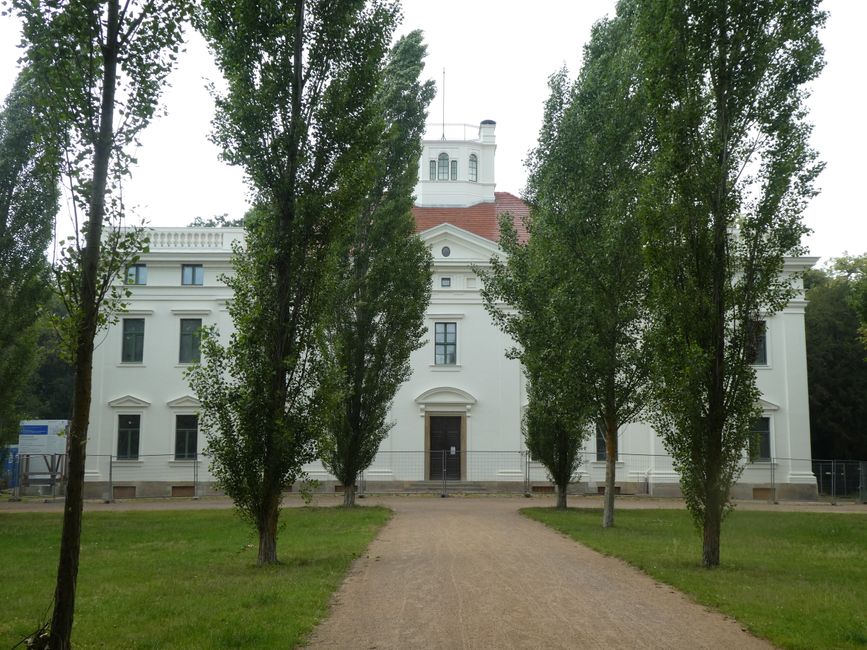
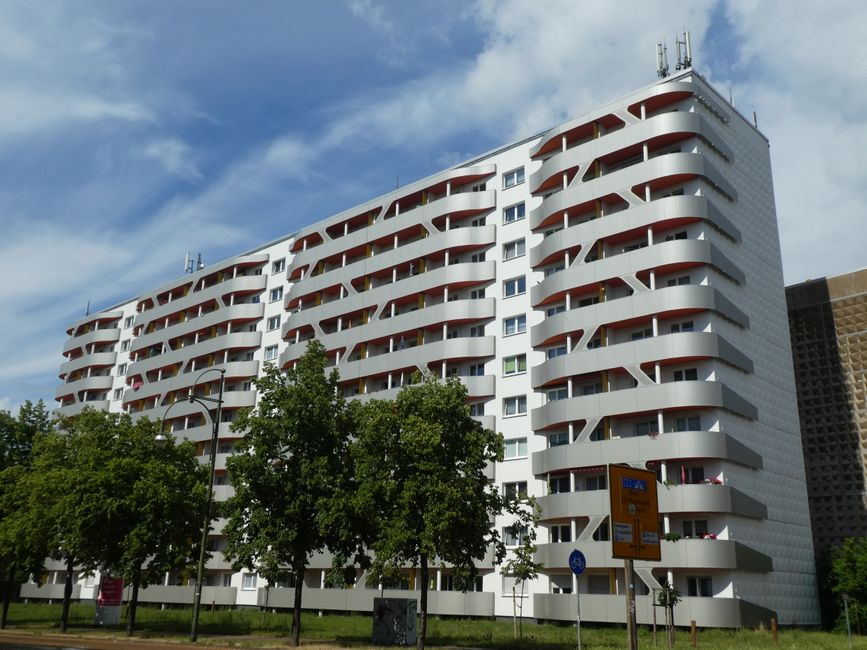
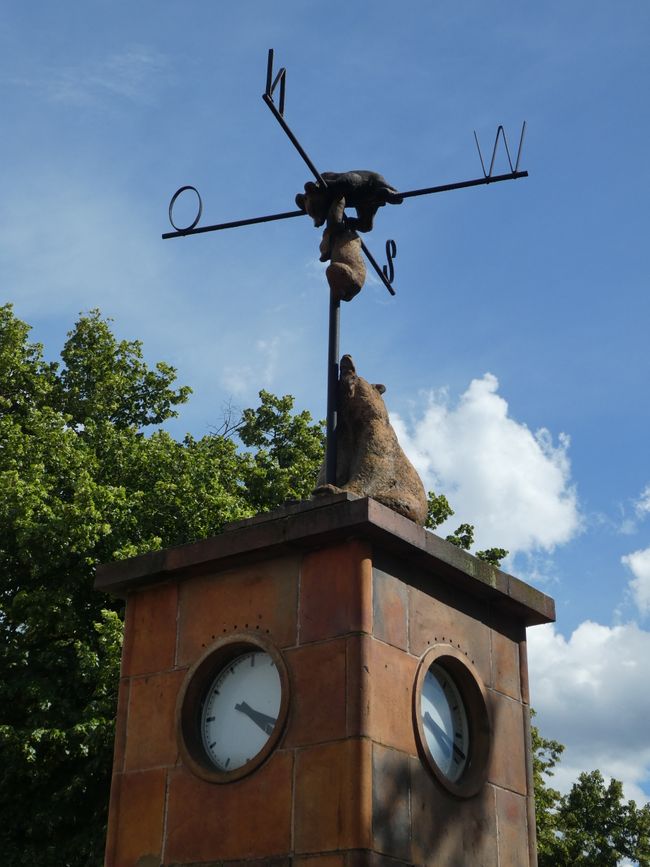
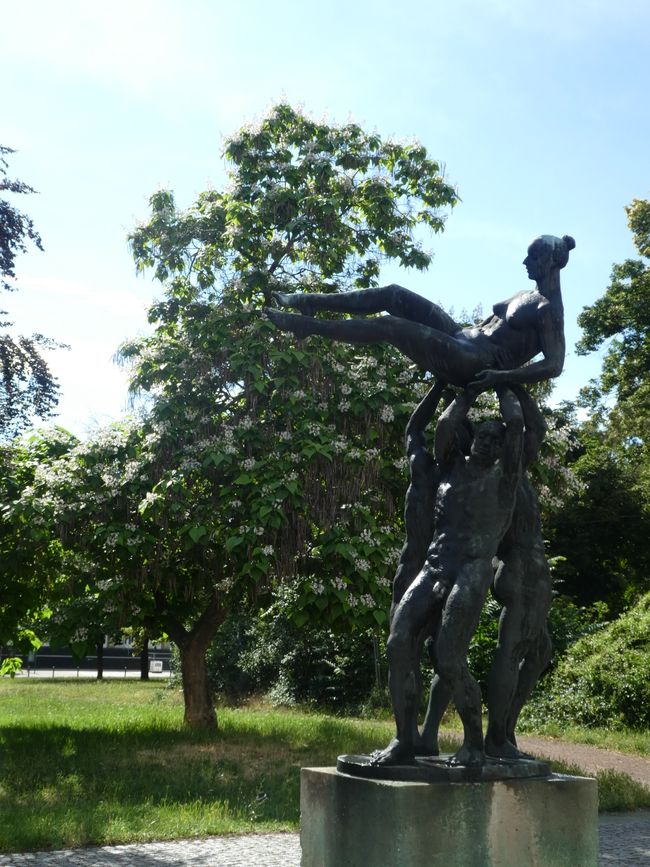
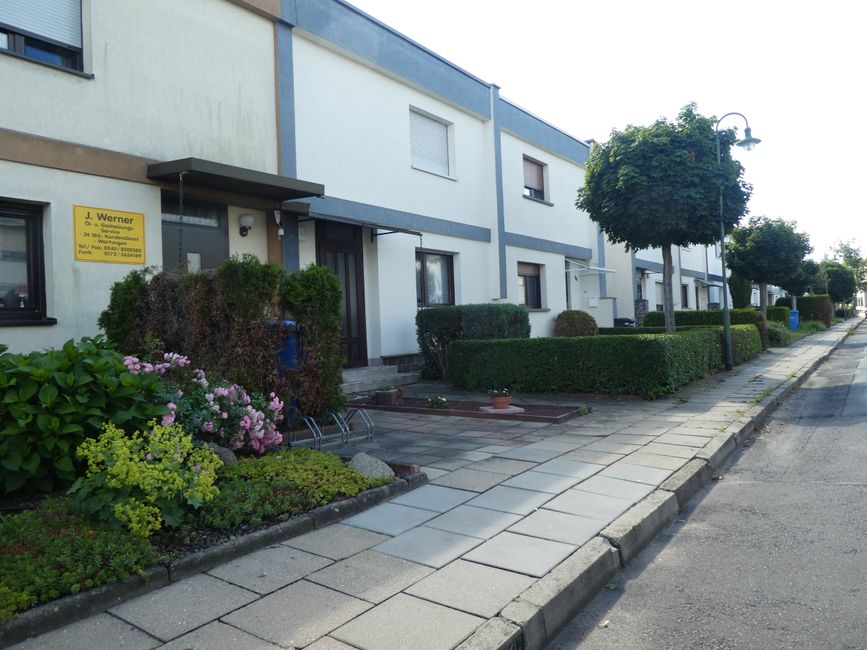
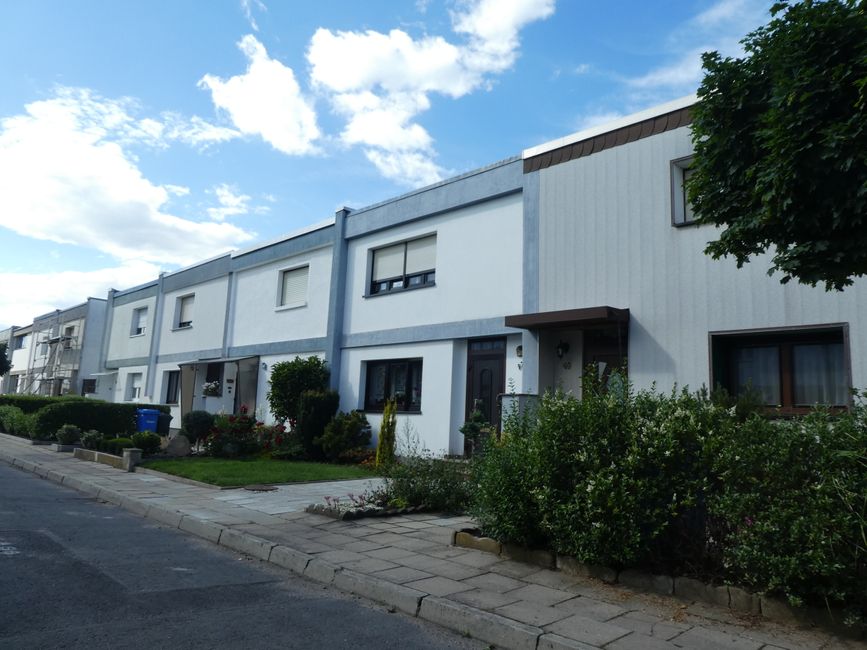
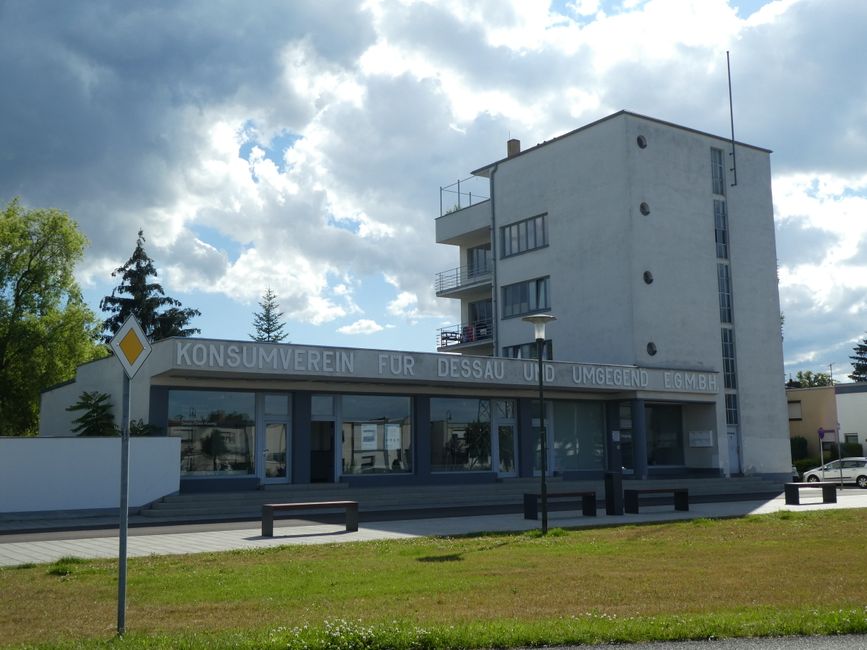
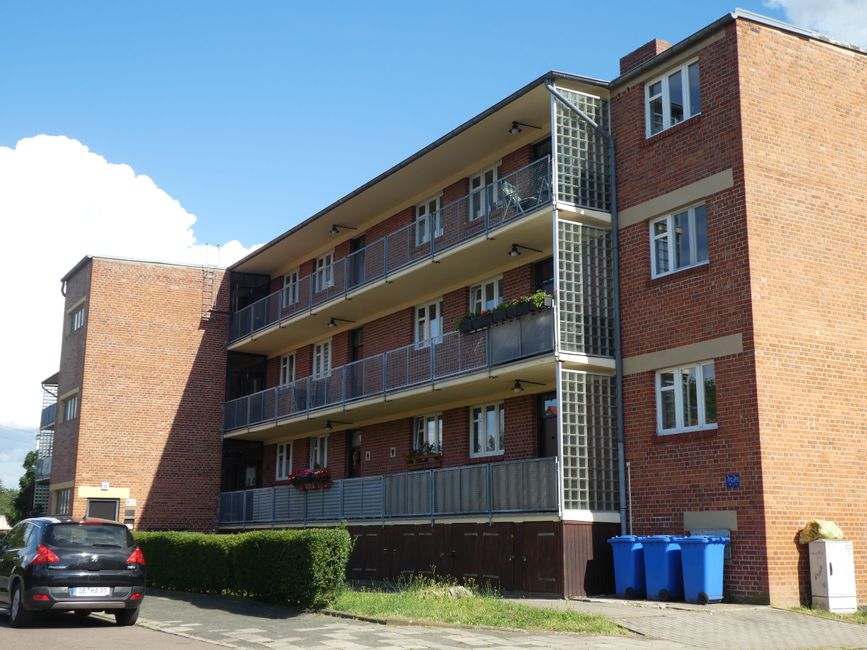
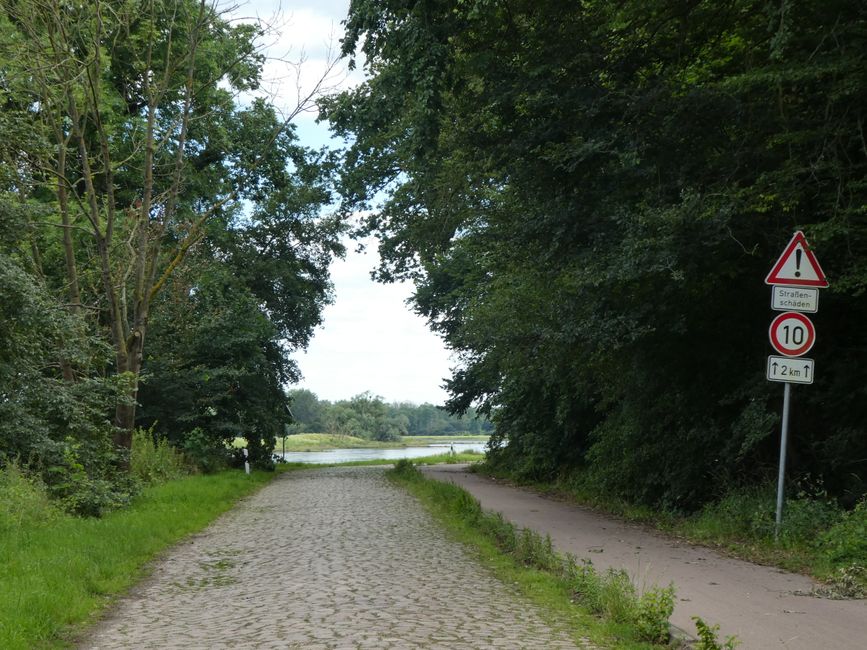
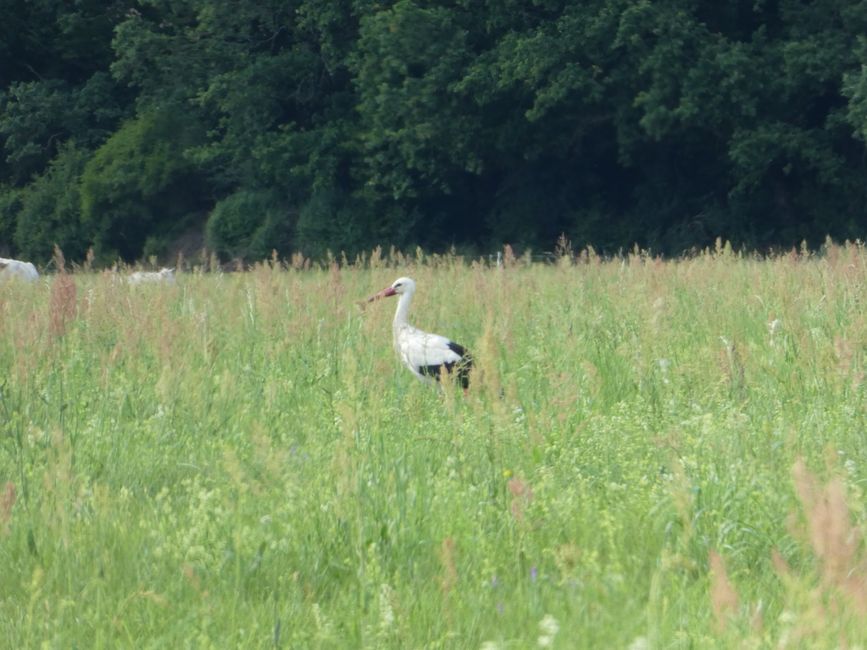
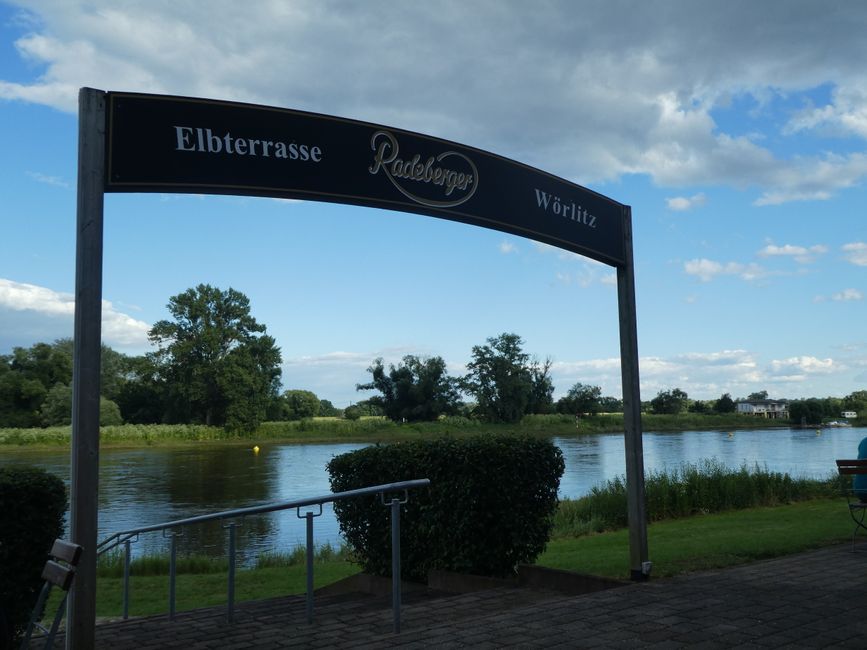
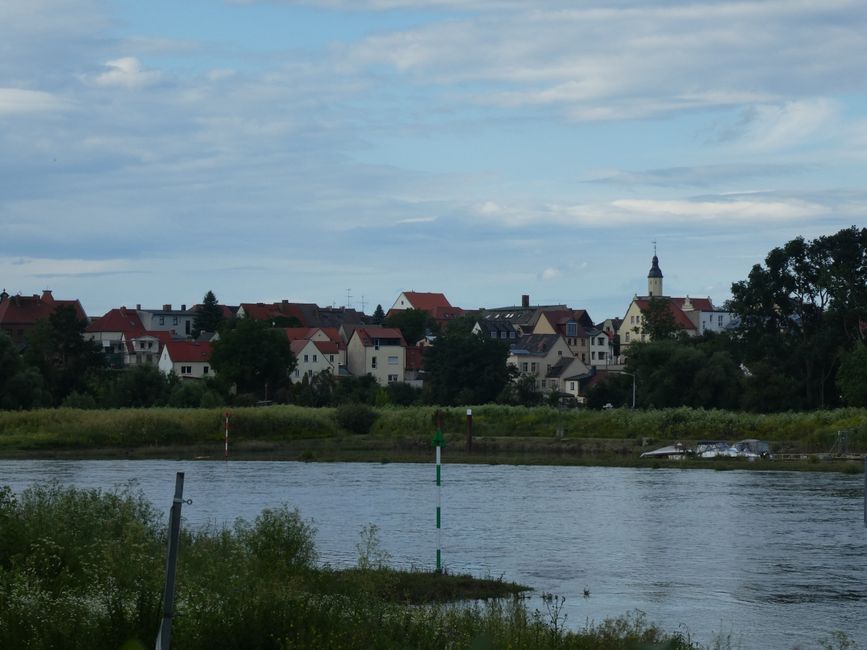
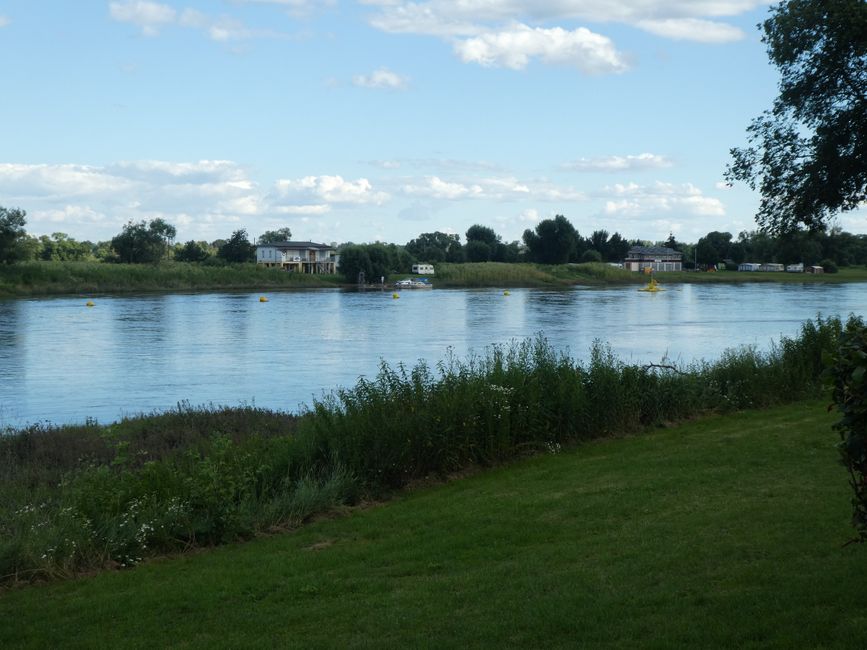
Подписаться на новостную рассылку
Since our planned trip to Canada had to be postponed due to Corona (we hope for next summer), we spontaneously booked three hotels in eastern Germany: in Wörlitz, Strubben, and Eisenach.
On the way to our first accommodation, we made a stop in Dessau, the city known for its Bauhaus style.
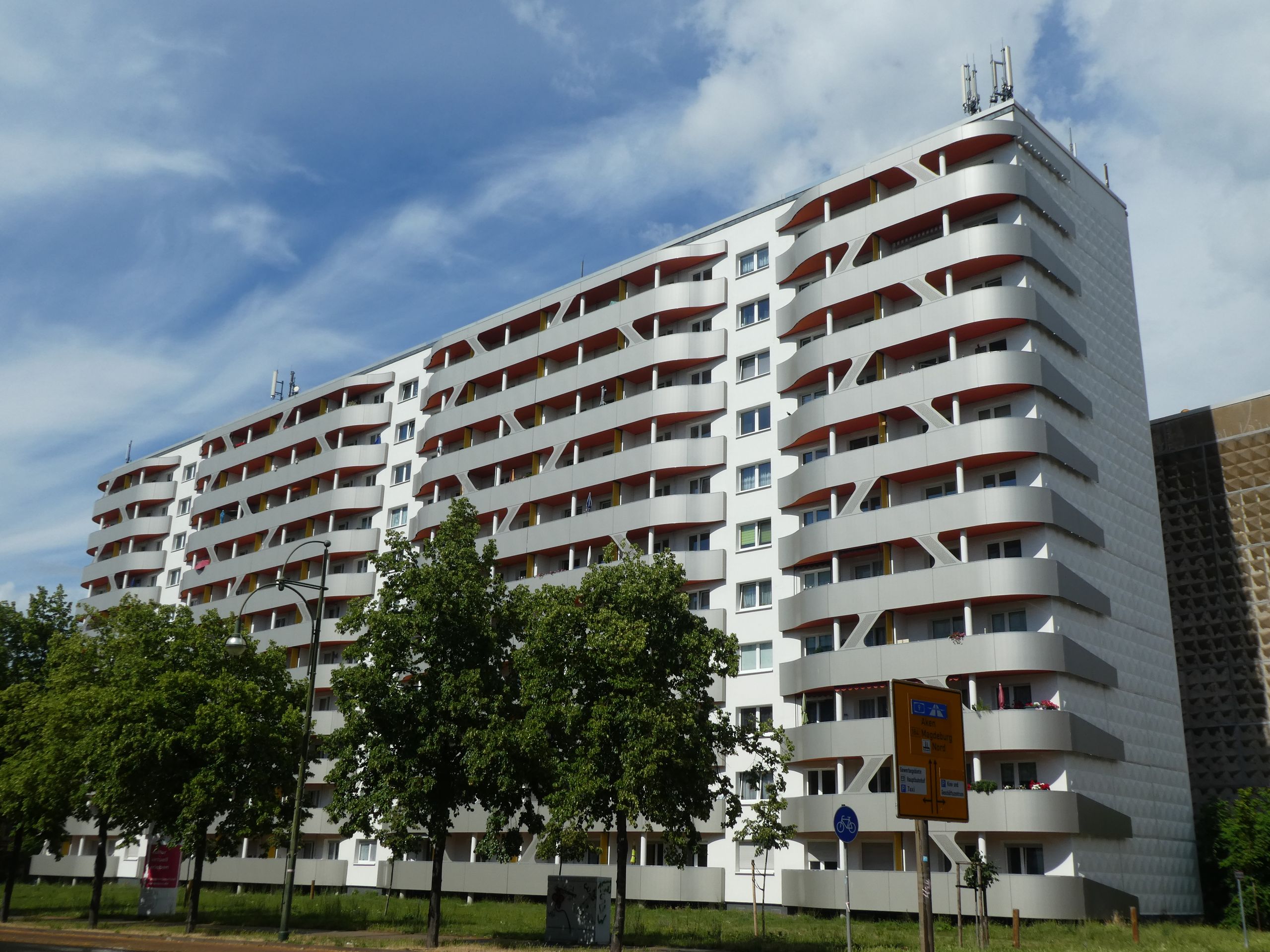
We started our city tour on Kavalierstraße. There, we sat down at a small square to eat our packed lunch and observed the hustle and bustle around us. However, we noticed that there were not many people in the city center, but there were a lot of sparrows trying to grab the crumbs from our meal.
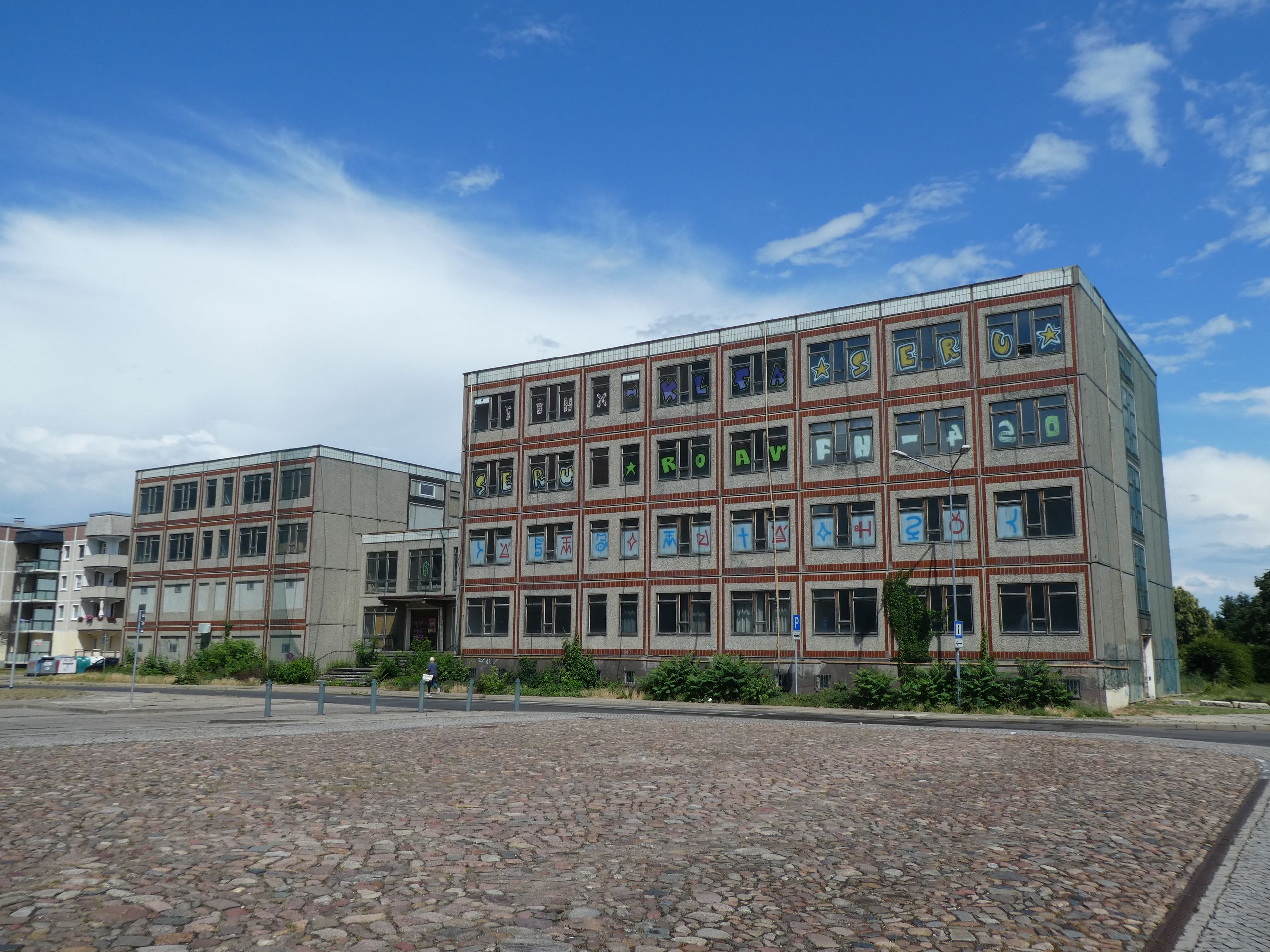
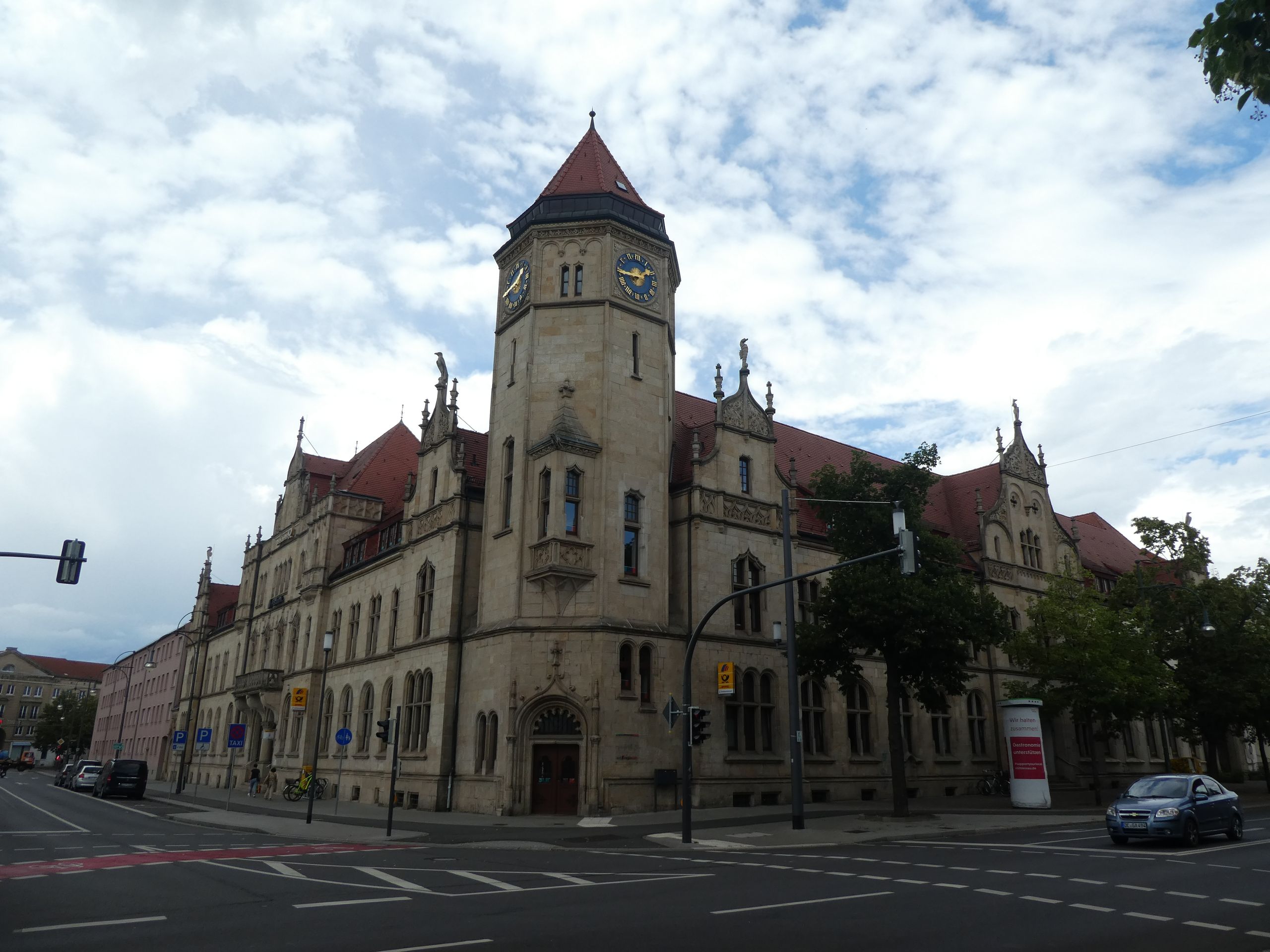
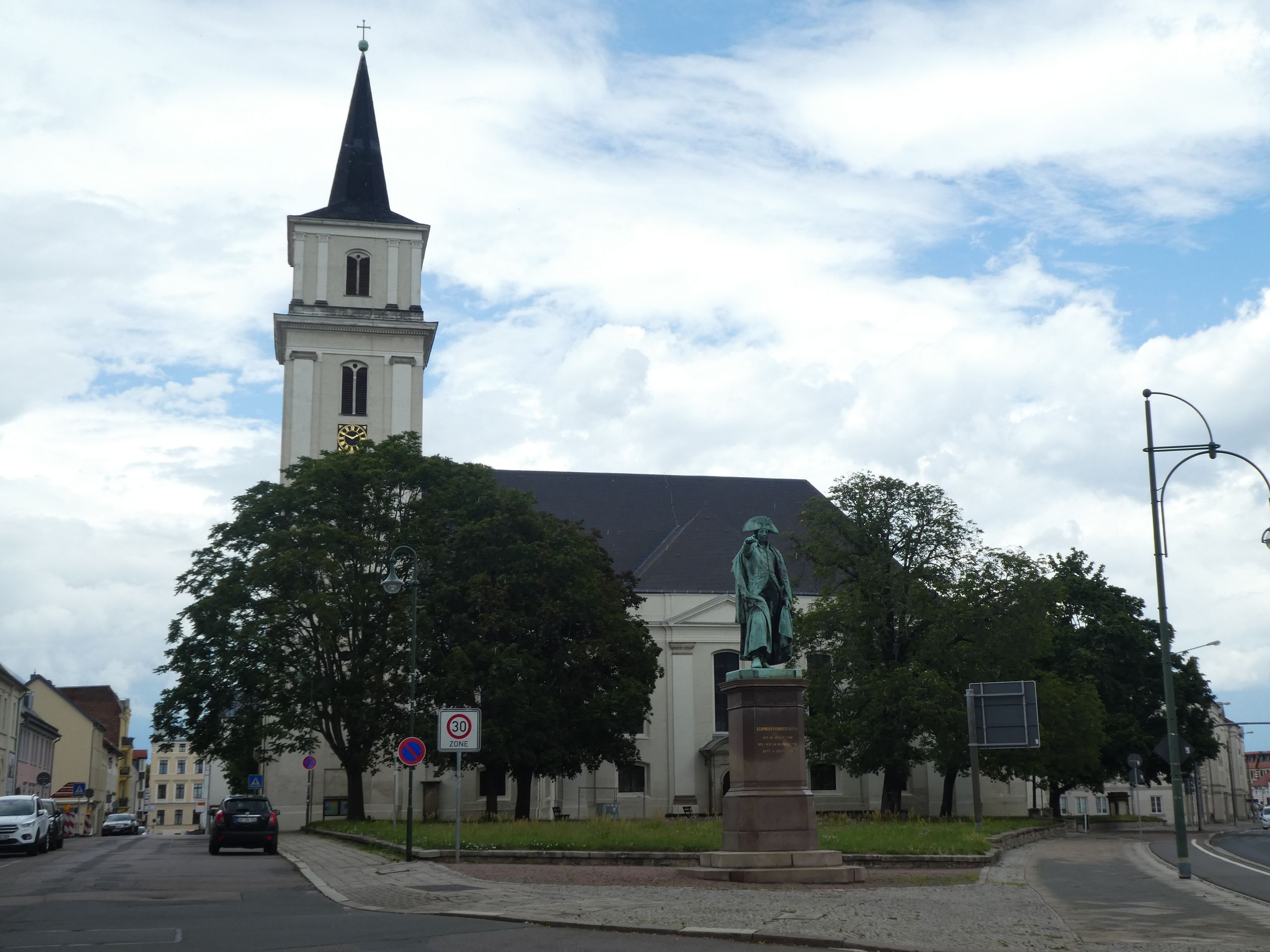
In the church (whose interior visit was particularly attractive due to the beginning rain), there were some paintings by Lucas Cranach, which were originally displayed in the castle church. These depict biblical scenes in which the artist painted members of the House of Anhalt and reformers. For example, in the scene in the Garden of Gethsemane, there is Johann Georg von Anhalt-Dessau, who prays with Christ while the three sleeping disciples rest nearby.
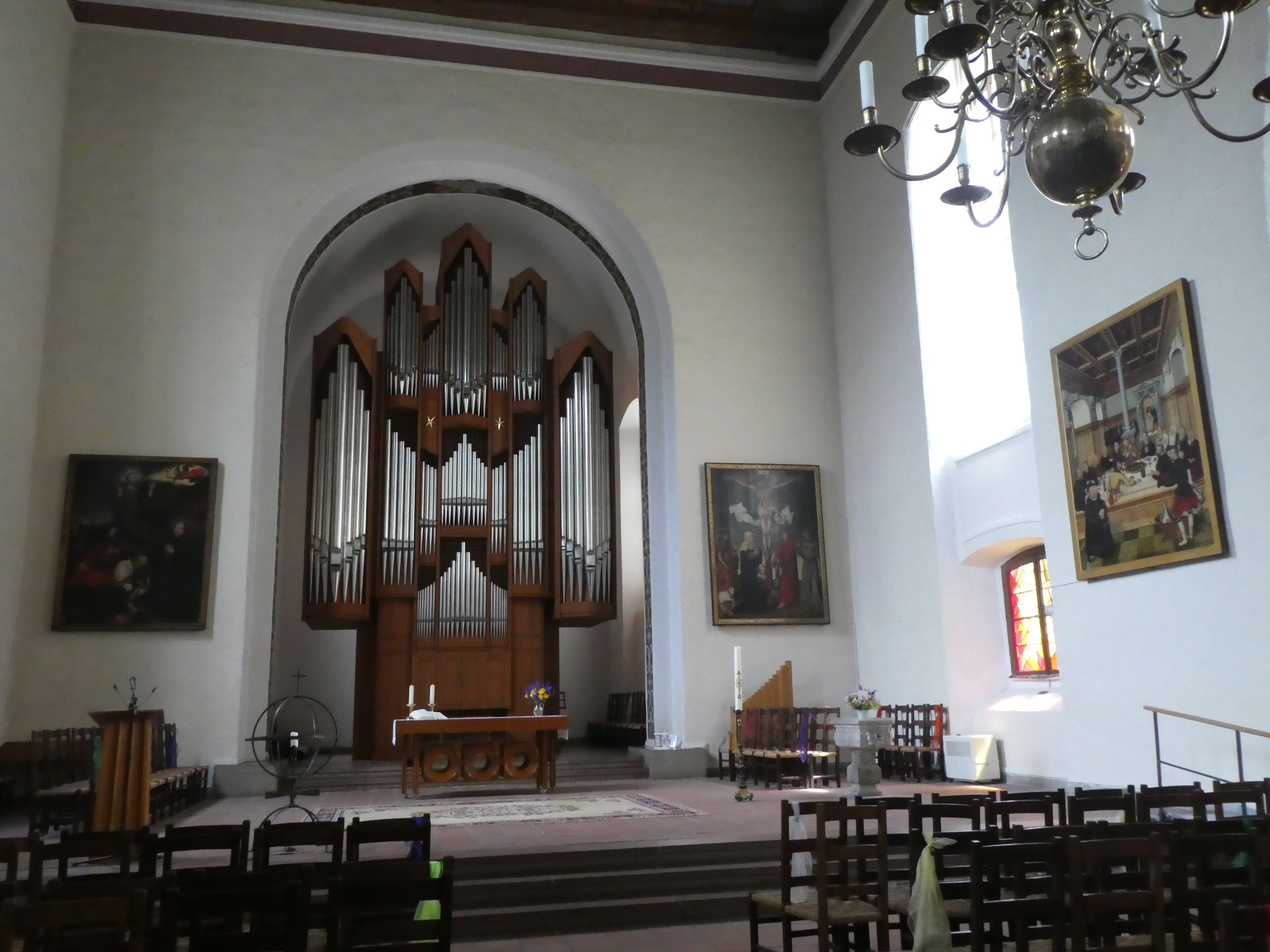
When we left the church, the sun greeted us again, and we continued our way past the Catholic church towards the pedestrian zone.
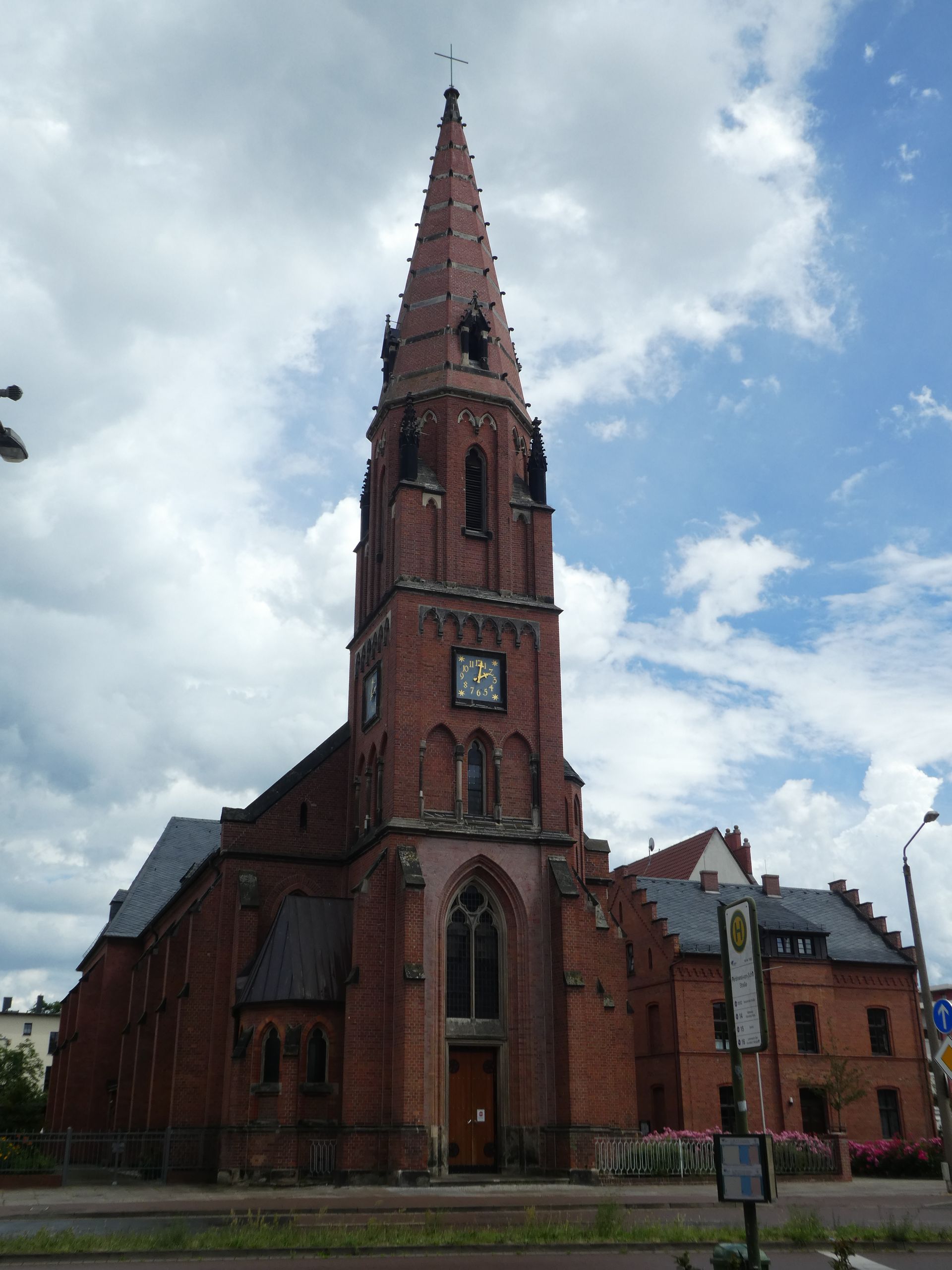
Here, too, the city center appeared surprisingly empty. Hardly anyone was strolling through the pedestrian zone or sitting in cafes or restaurants.
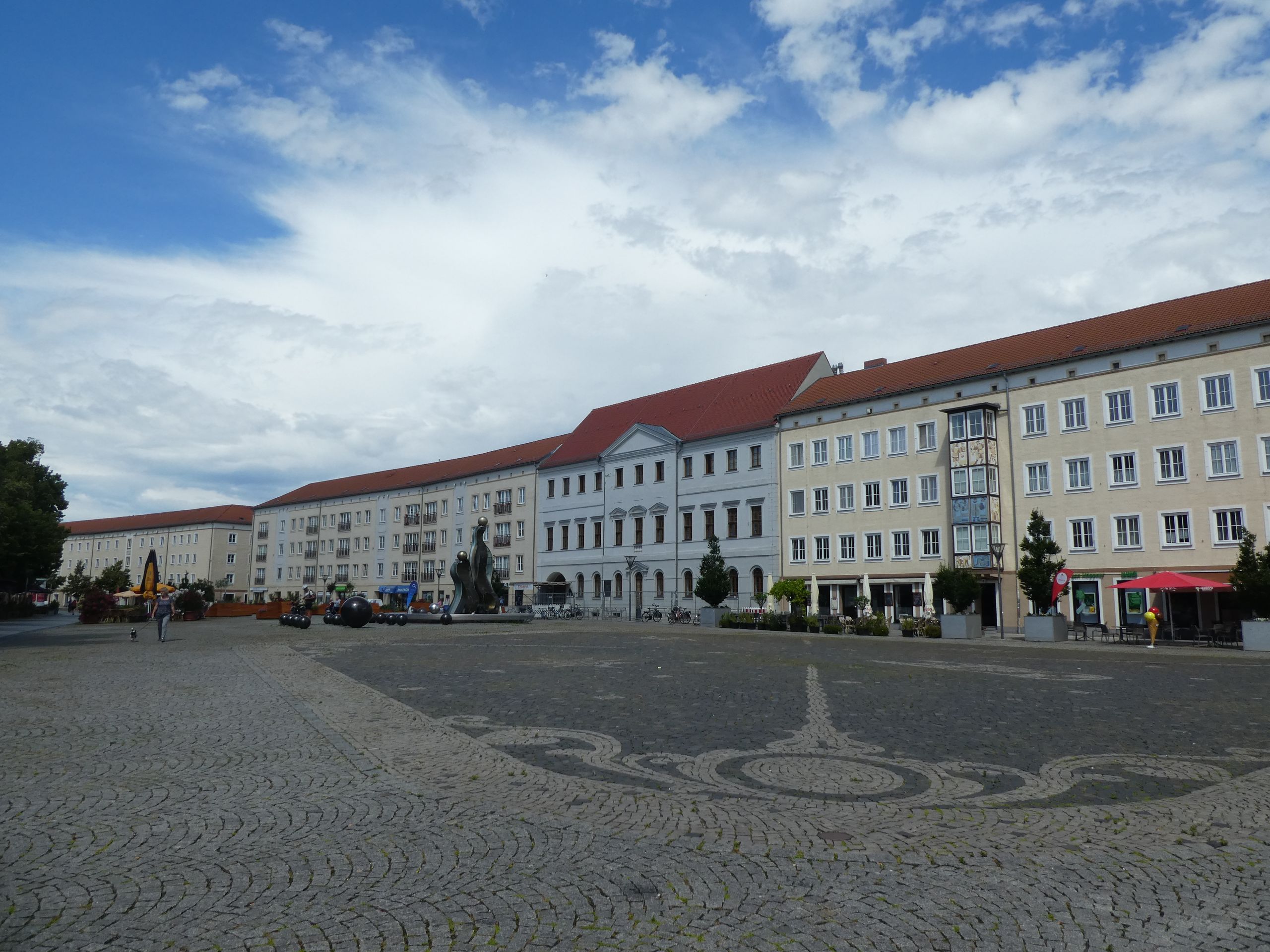
The town hall, completely burned down after a bombing raid in 1945, has now been rebuilt and dominates the square at the end of Zerbster Straße.
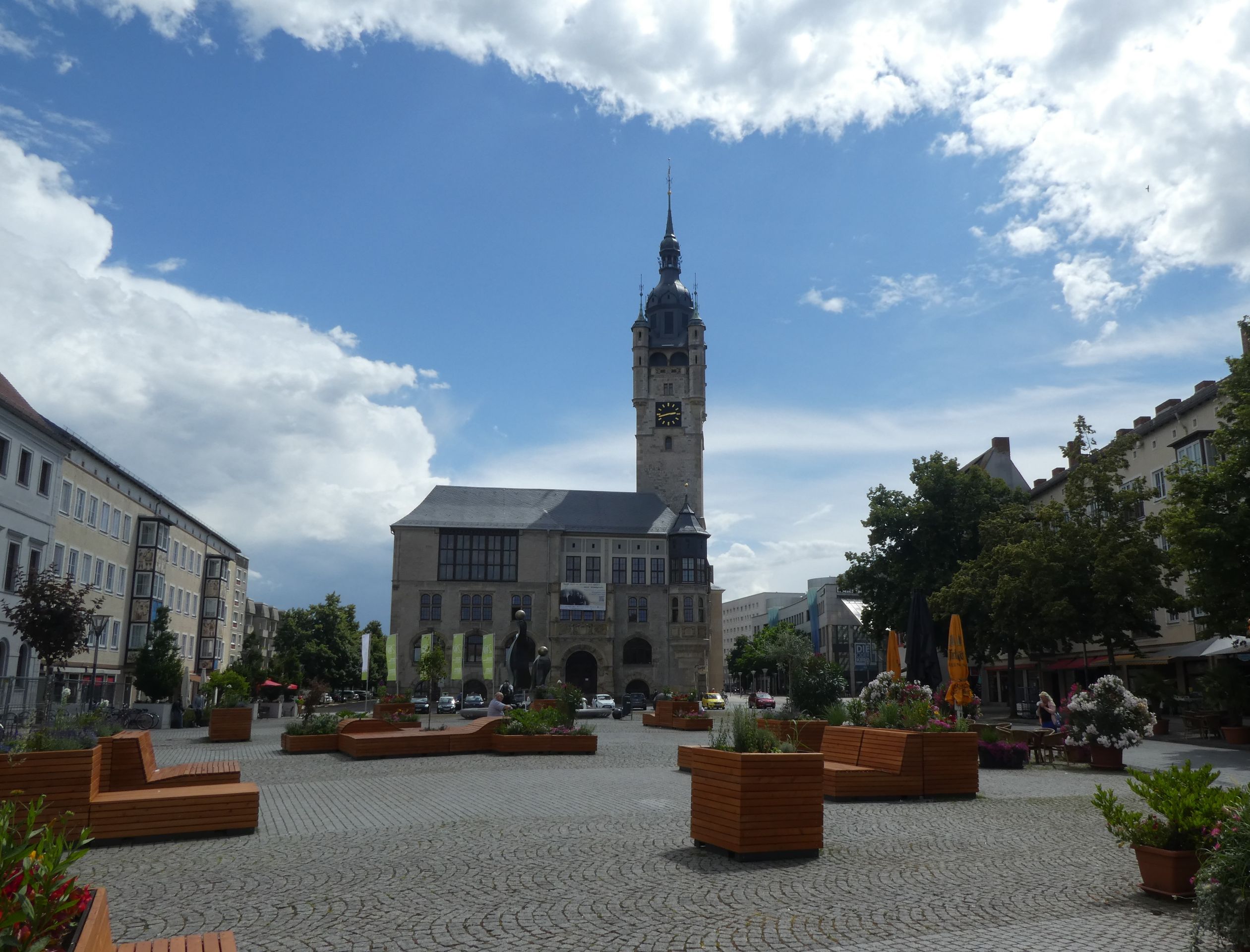
Behind the town hall lies the St. Marien Church, which was also destroyed during the war but has been rebuilt. However, it no longer serves as a place of worship but as a cultural and exhibition building.
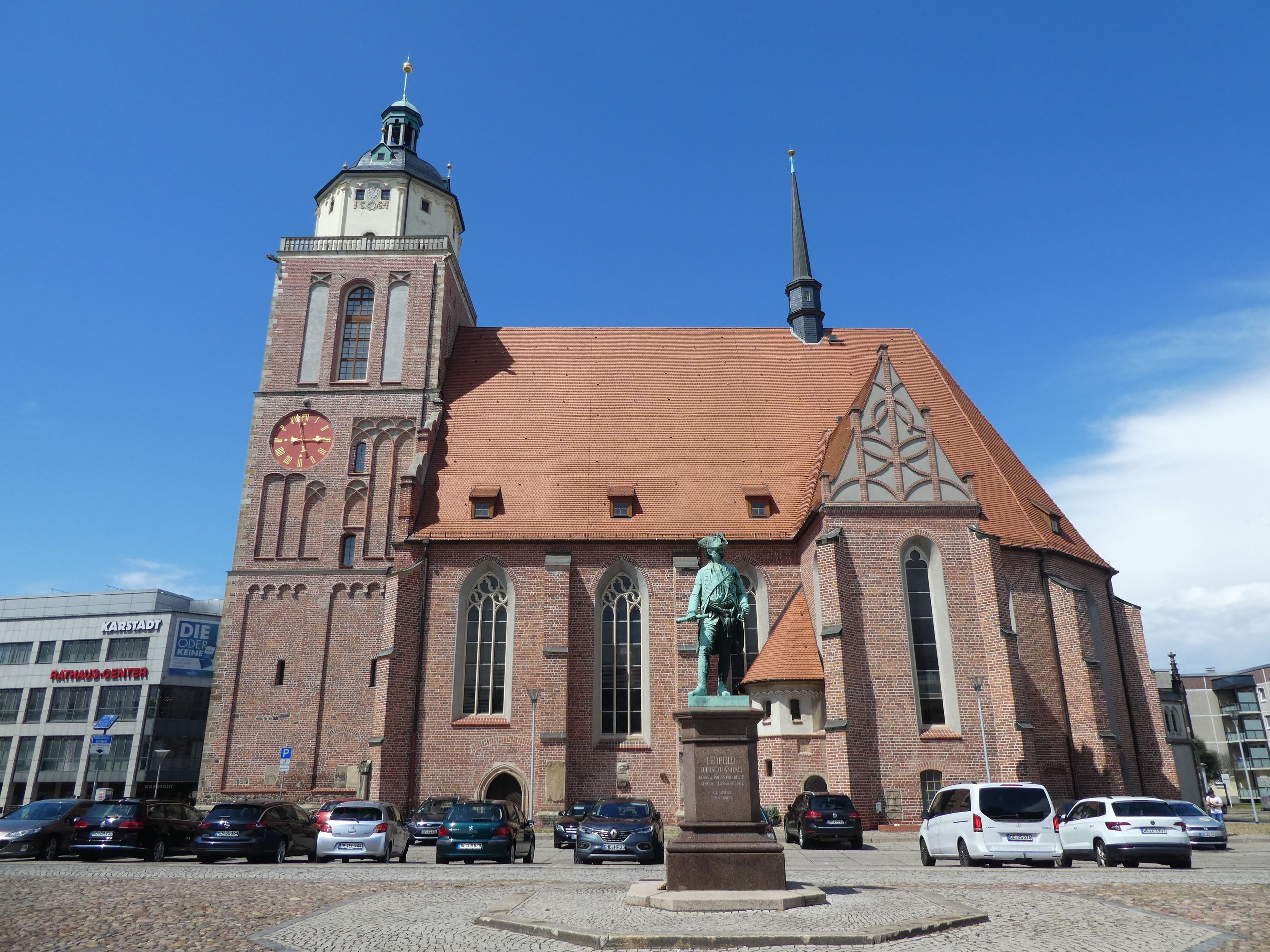
We passed the old city palace (or rather the wing that still stands) and made our way back to the starting point of our tour.
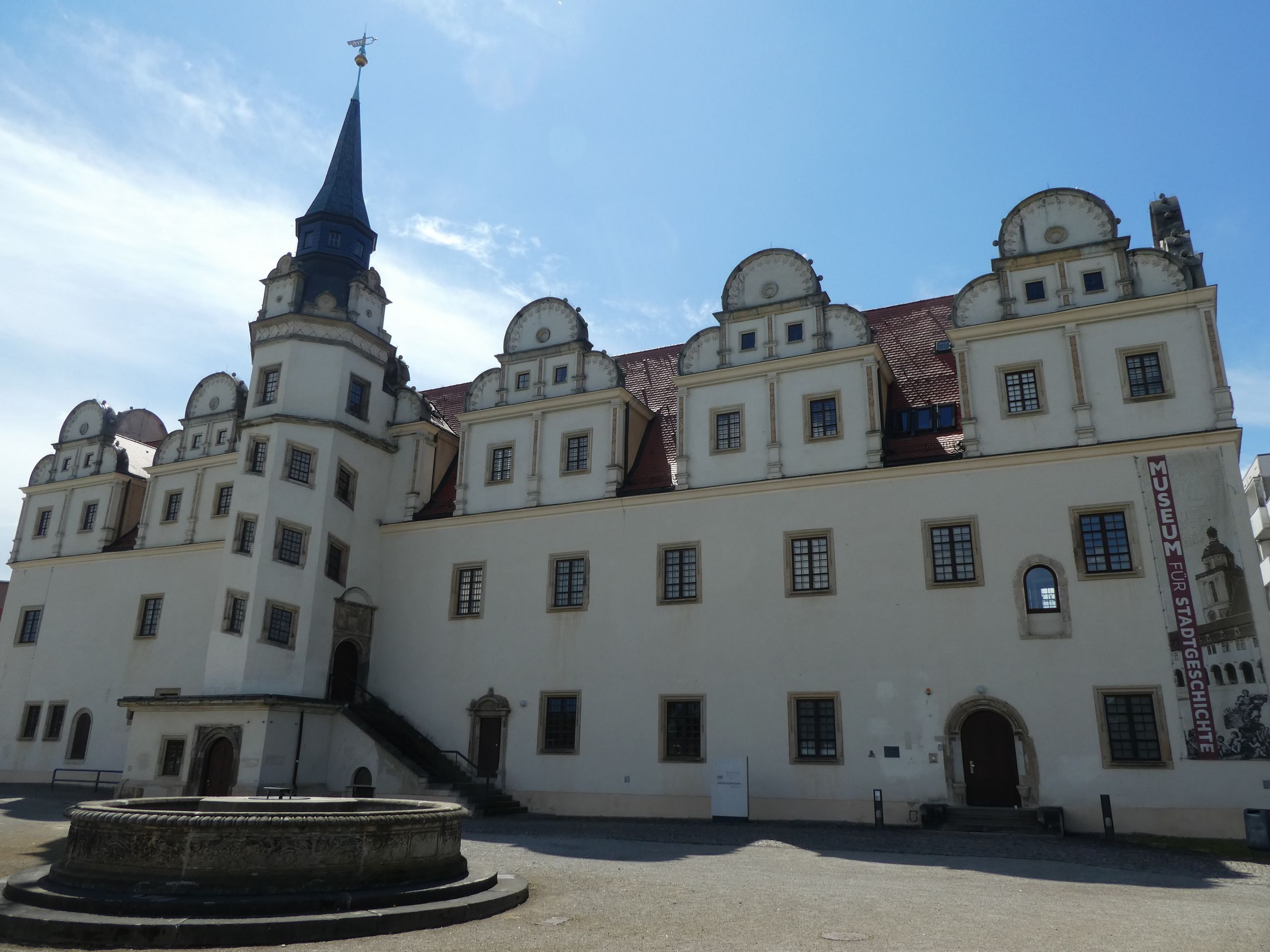
Now we deviated from the 'Kulturpfad' and set out to explore the Bauhaus buildings of the city.
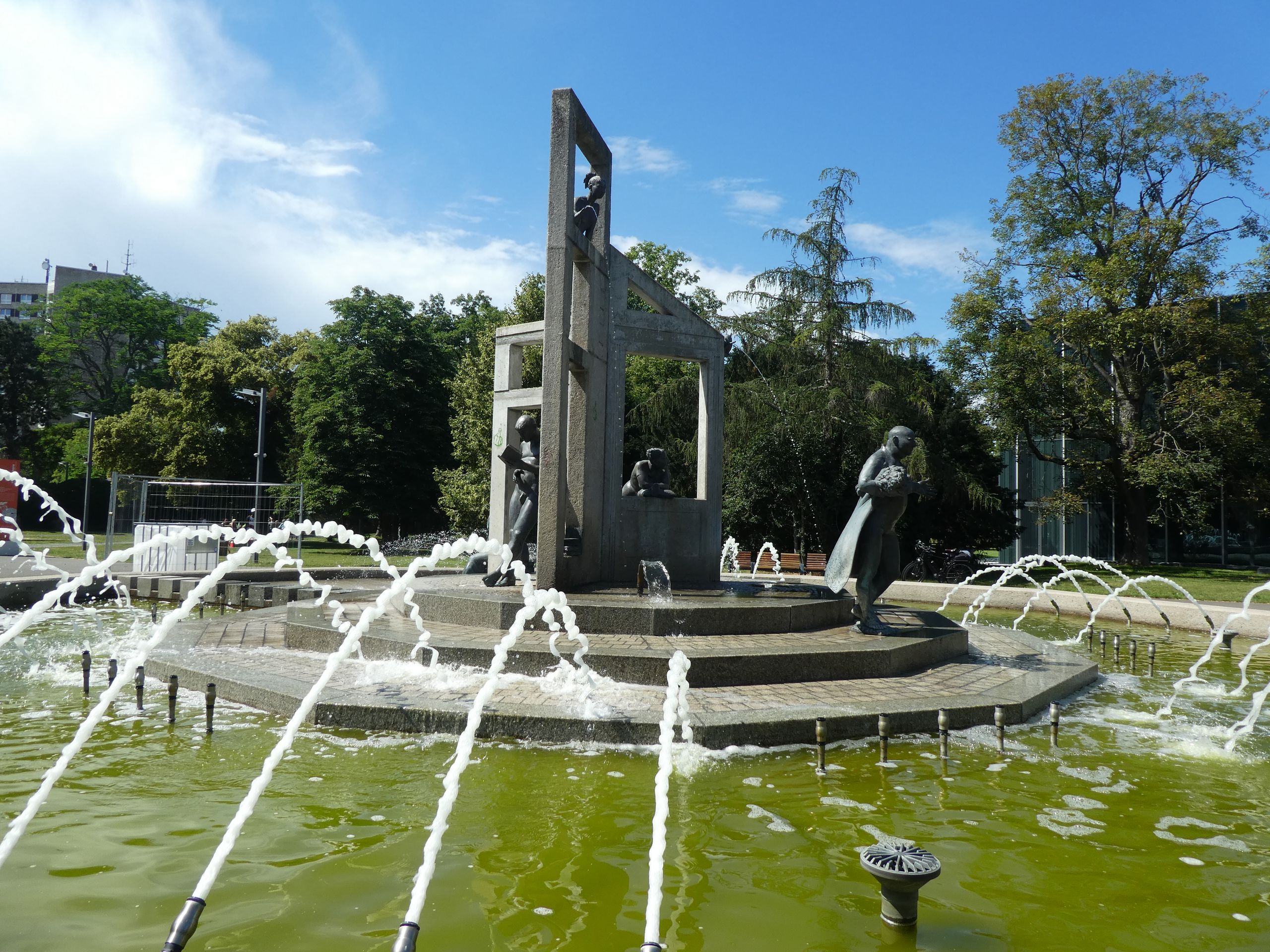
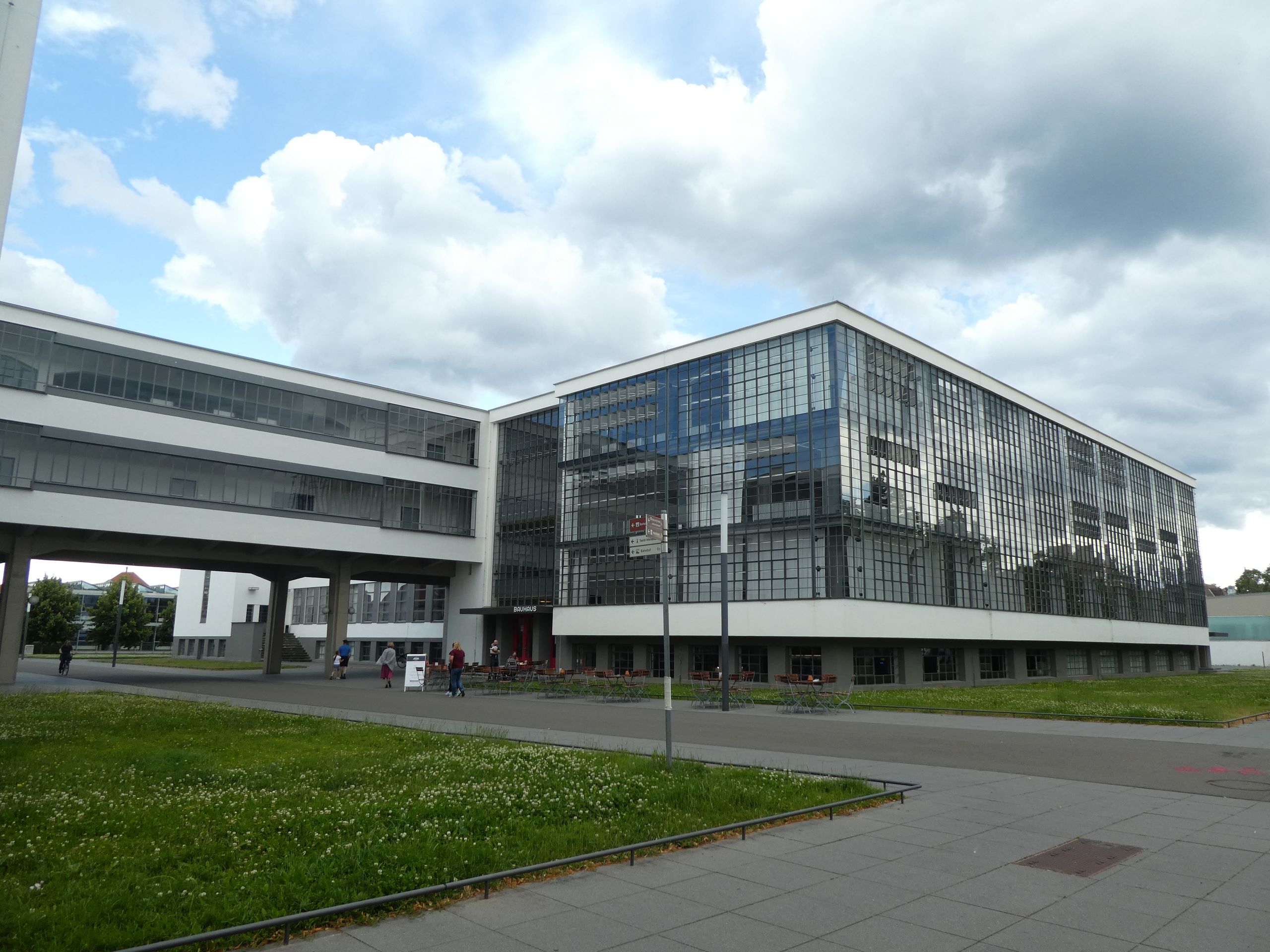
We continued to the 'Meisterhäuser' (Master Houses), also designed by Gropius. Paul Klee and Wassily Kandinsky lived in two of these houses.
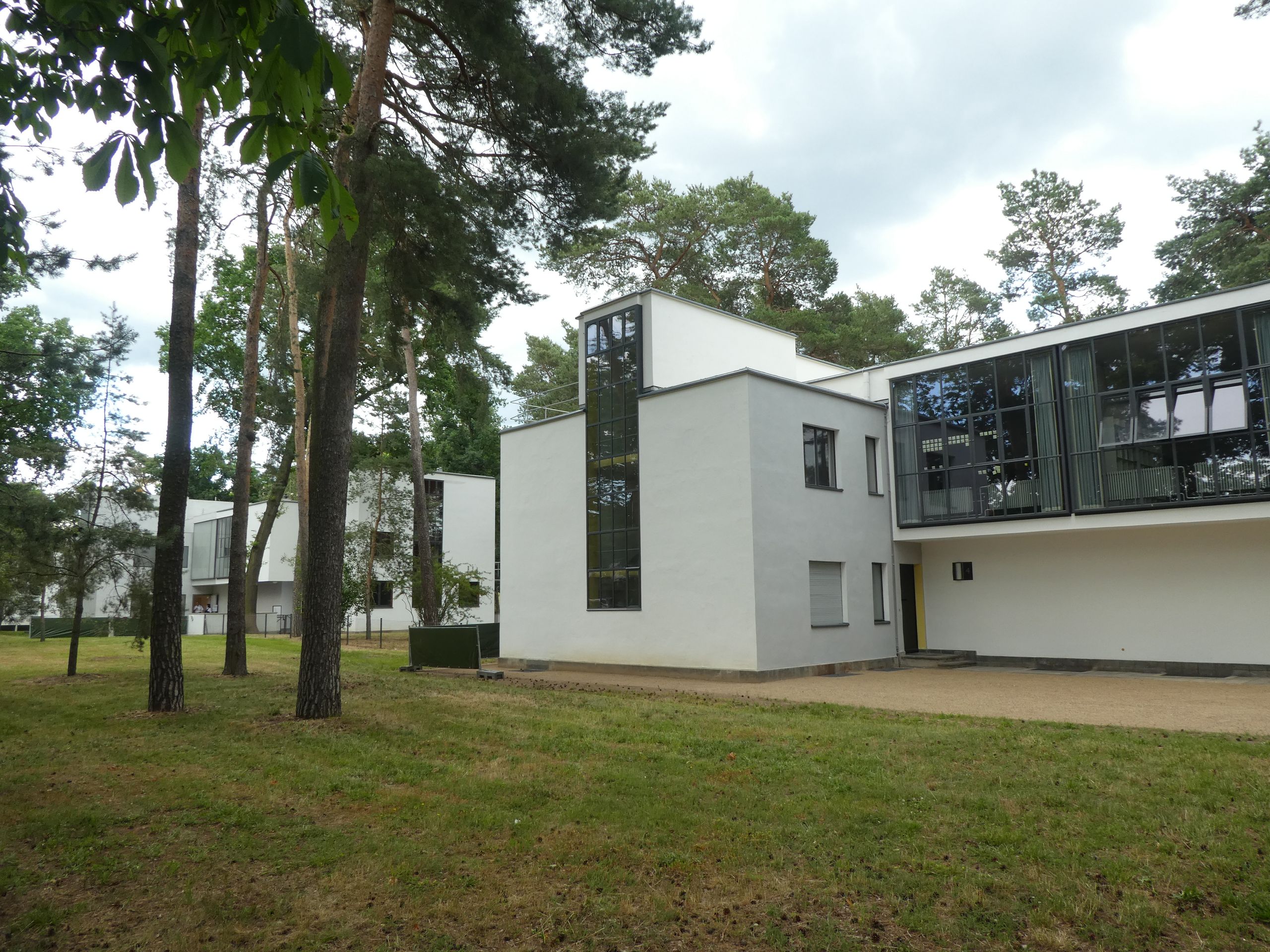
We continued our way to Georgium, an English-style landscaped park. On the way, we walked through a structure called 'Sieben Säulen' (Seven Pillars). However, we counted eight...
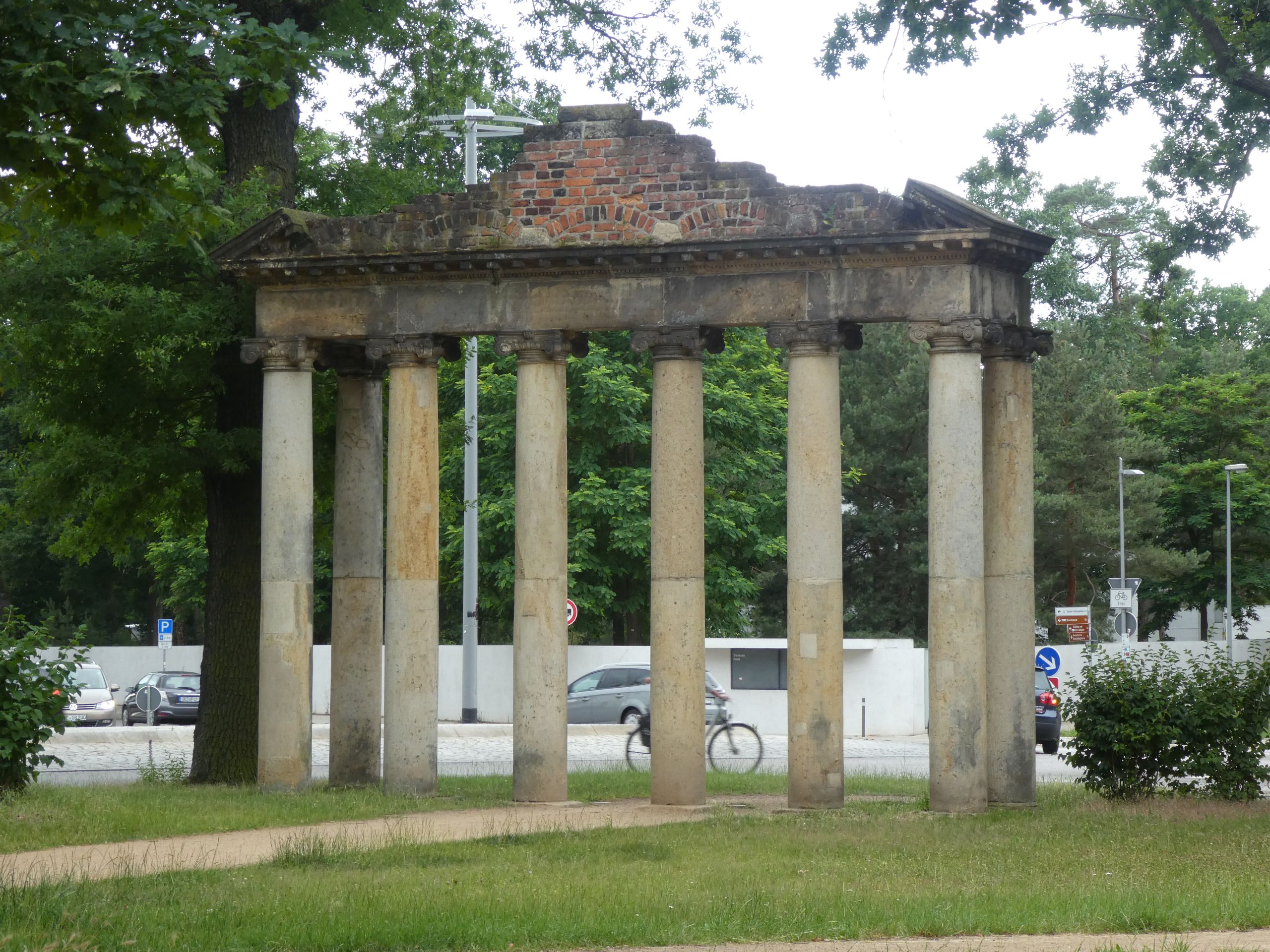
In the park, we saw the picturesque Ionian Temple surrounded by greenery, which was also depicted on all brochures and in the travel guide.
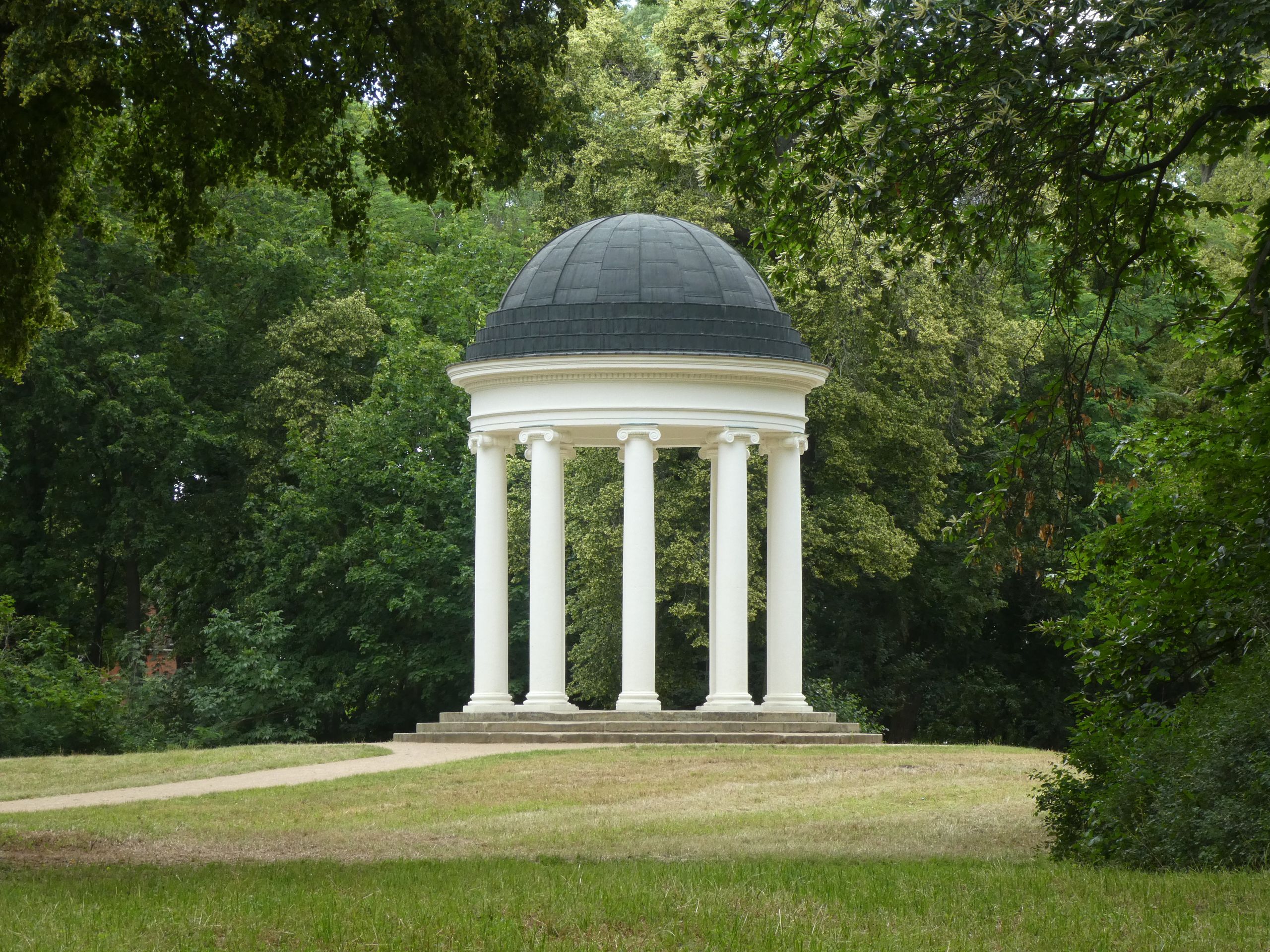
Unfortunately, it started to rain, so we continued our way through the park more quickly.

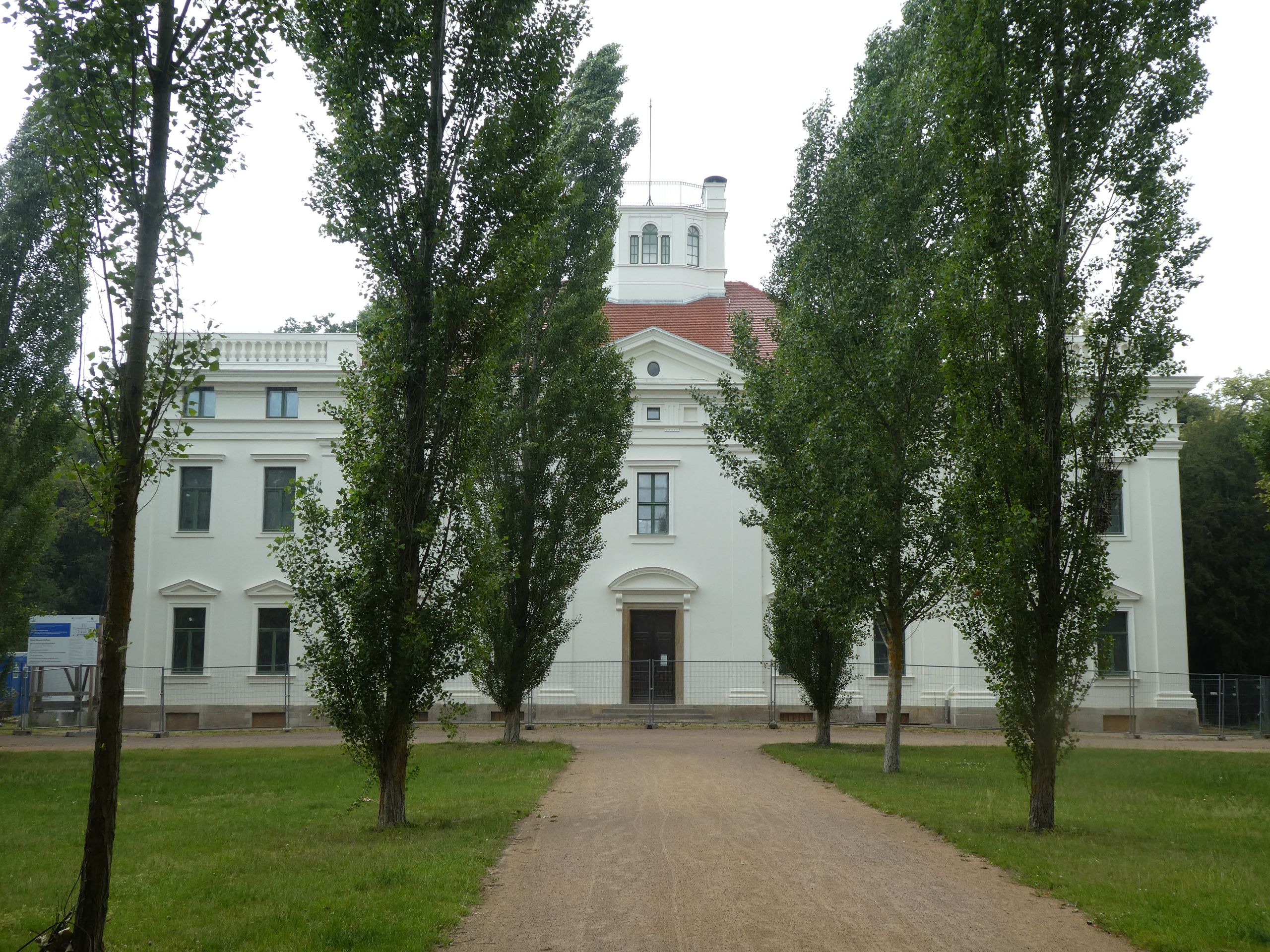
The way back to the car was a bit further, and by the time we reached it, the rain had stopped again, allowing us to dry off in the sun before getting into the car and driving to the Bauhaus settlement Törten.
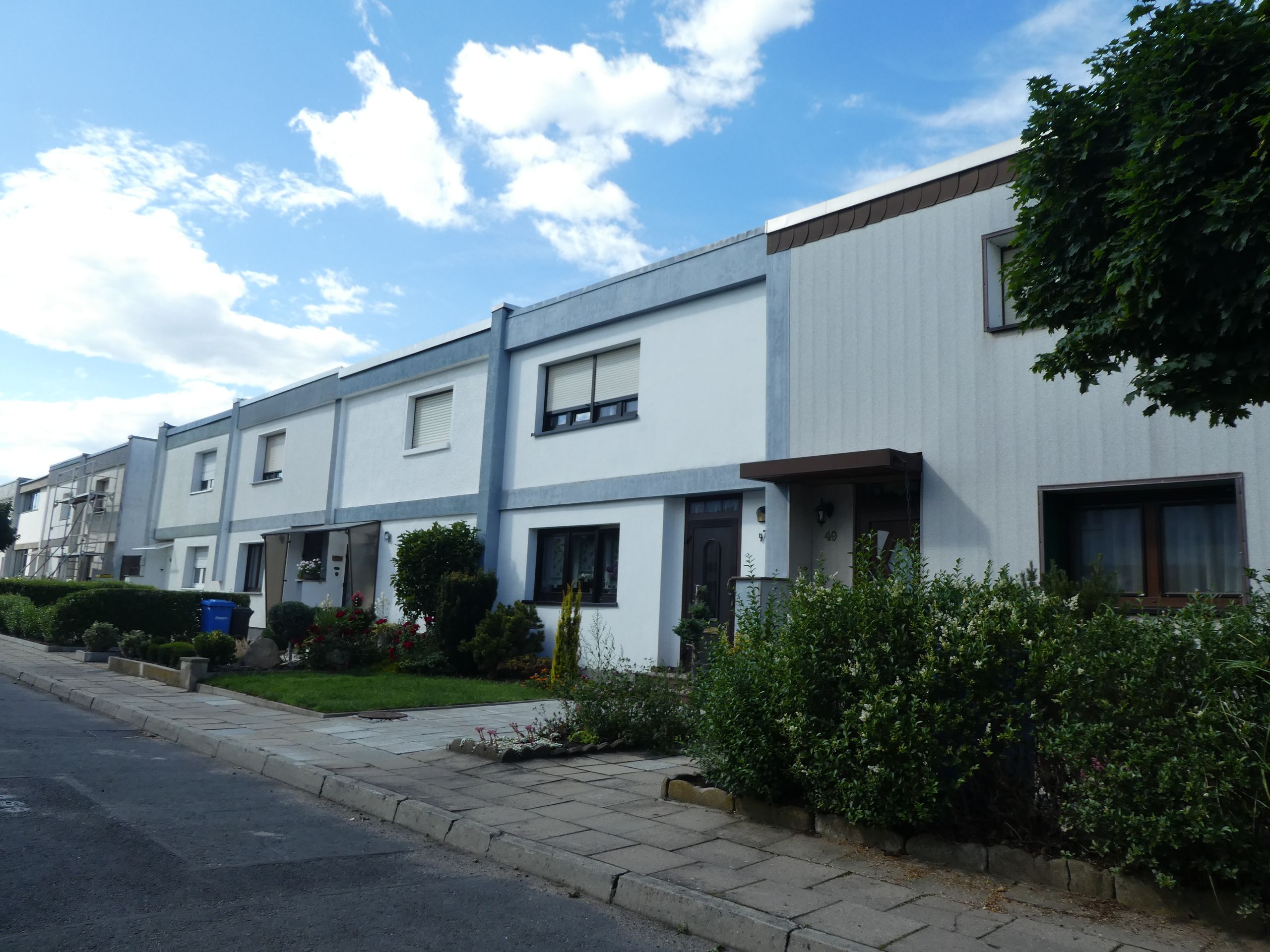
Here, a experimental housing estate with 314 flat-roof houses was built between 1926 and 1930, implementing the idea of industrialized construction.
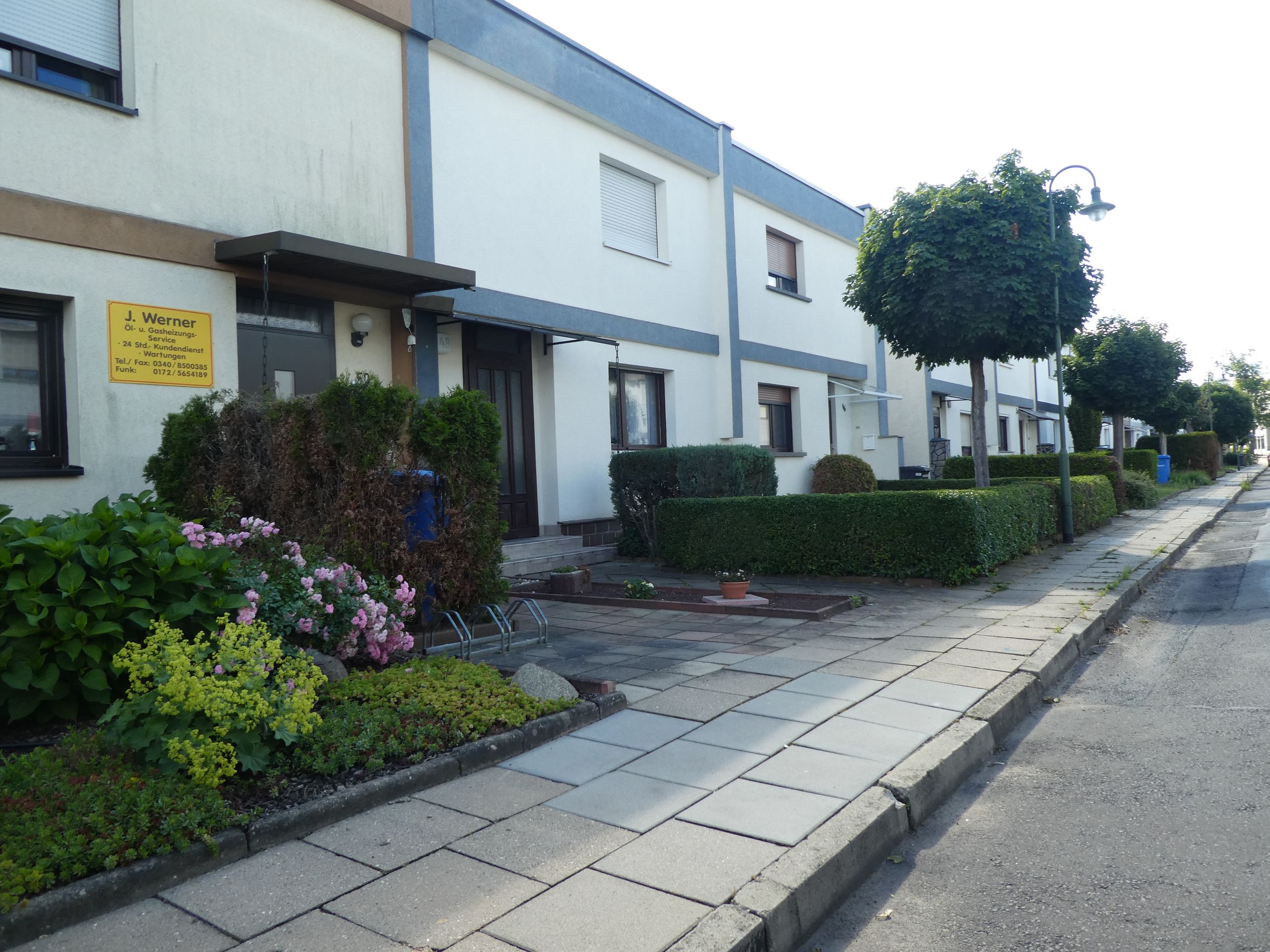
In the center of the settlement is the Konsumgebäude (Consumer Building), which the travel guide praised as an 'elegant combination of a low-rise building and a five-story residential building', but it seemed rather dull to us.
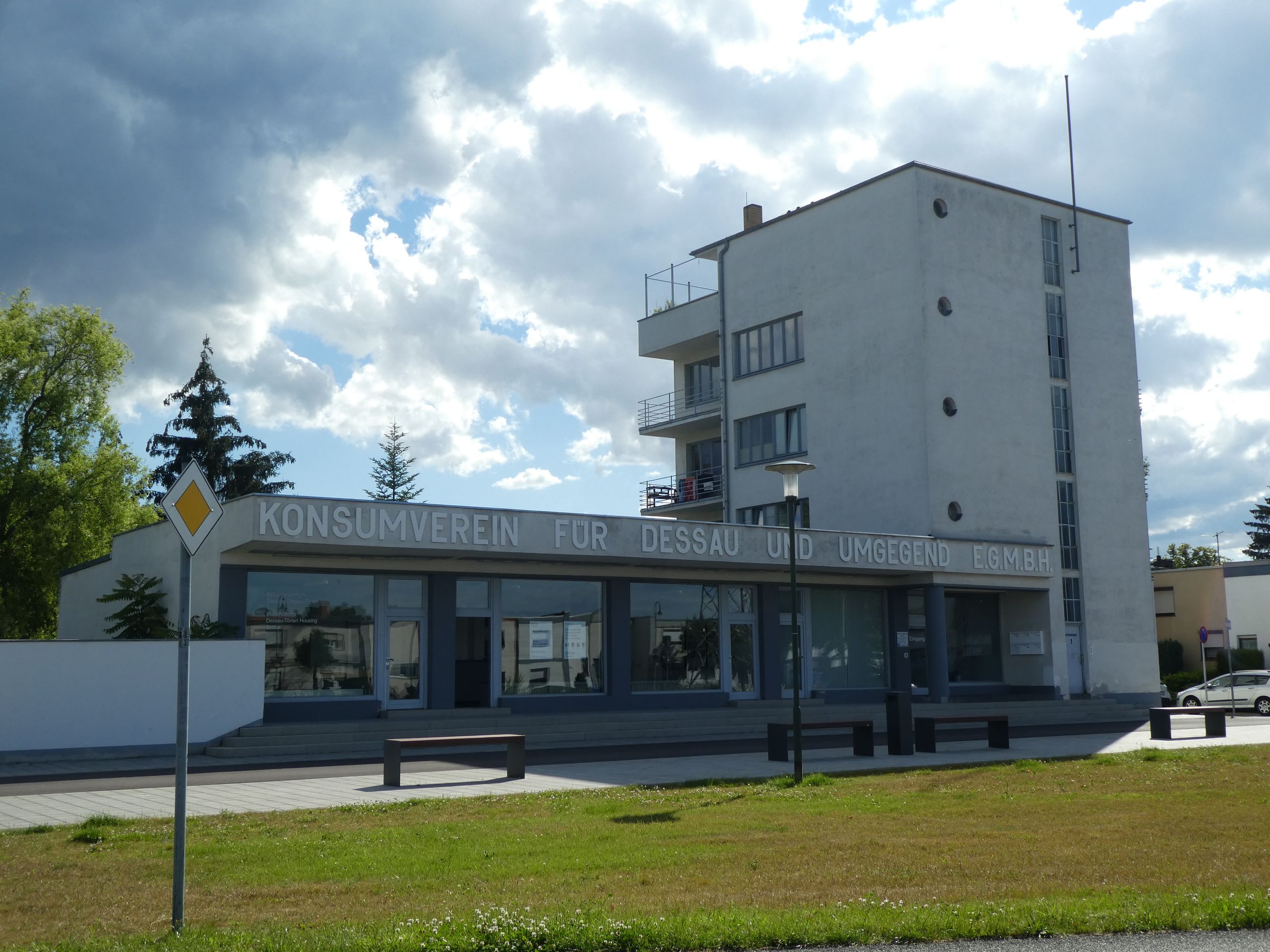
We also did not find the Laubenganghäuser (arcade-style houses), which were supposed to resemble a type of house that has existed since the Middle Ages, very inviting.

After a short drive through the settlement, we made our way to our hotel, which was located directly on the Elbe. The last few kilometers of the drive were quite bumpy (cobblestone with a speed limit of 10 km/h).
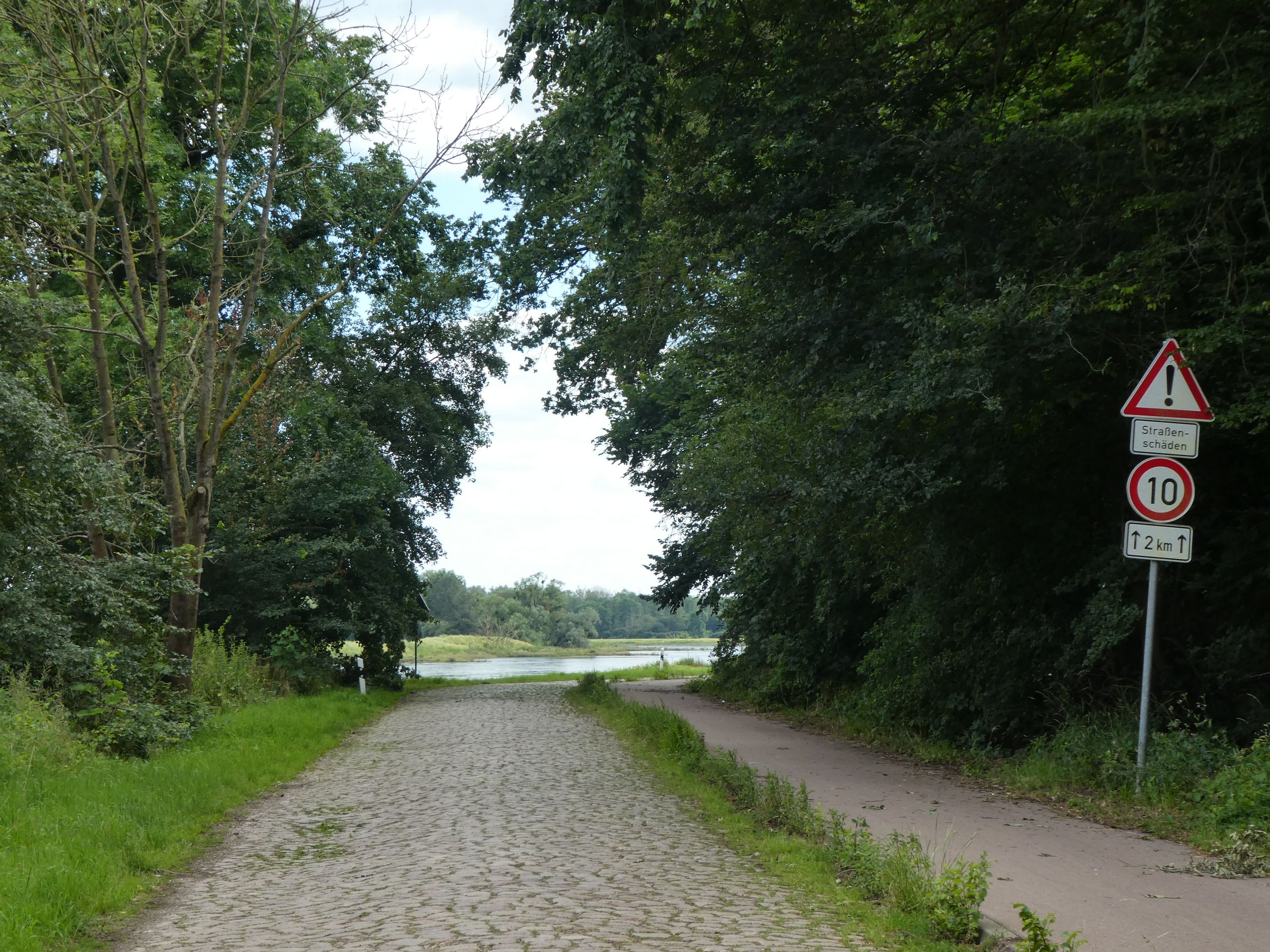
The view of meadows and fields was very nice, though. Along the way, we also saw a stork strutting across the meadow.
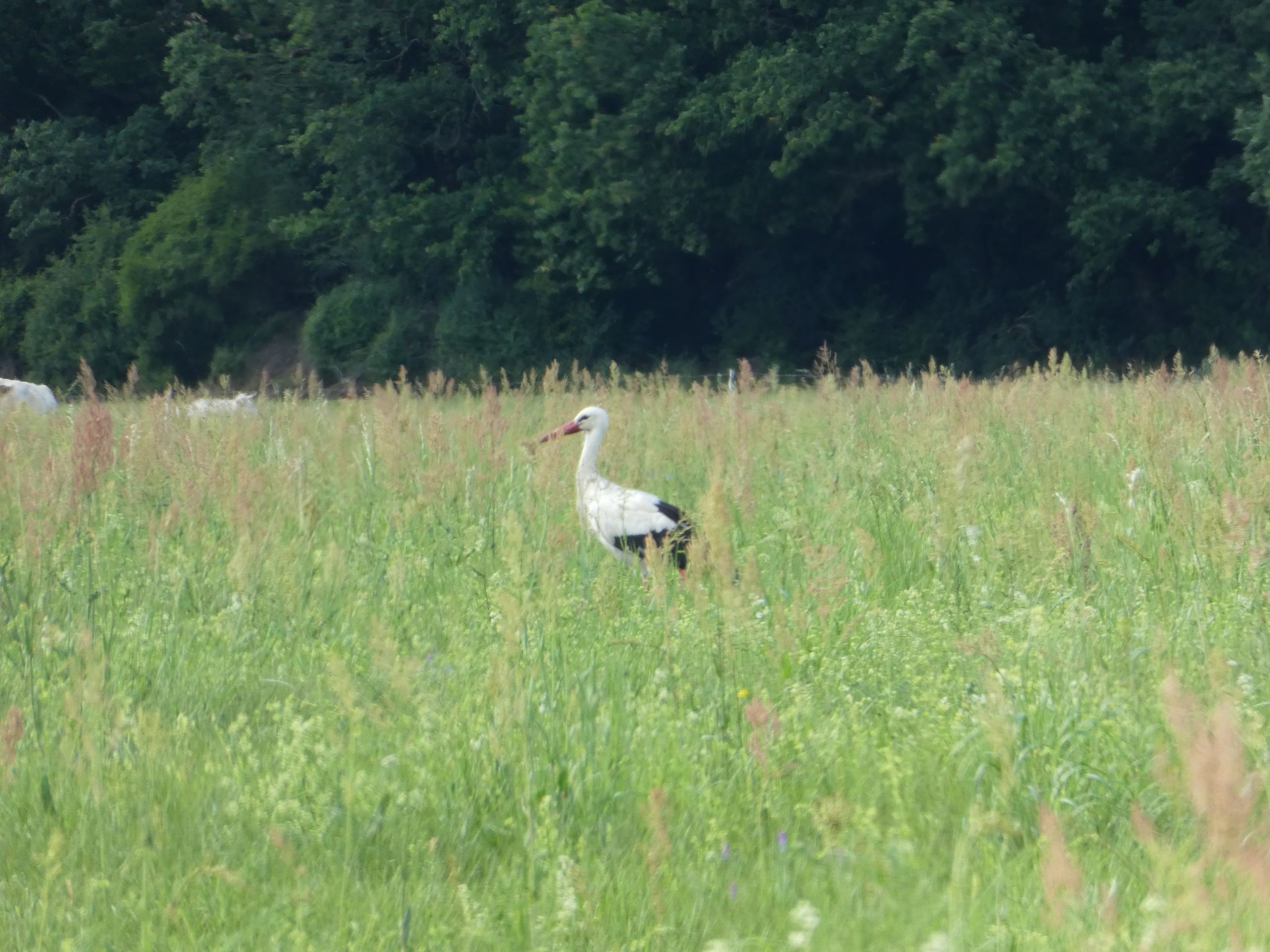
Later, we enjoyed the view from the terrace of the hotel, overlooking the Elbe and the small ferry, which we would also use later to cross the water.


Подписаться на новостную рассылку
Отвечать (1)
Ina
Hallo ihr beiden, schöne Bilder. Bei unseren Städte Besuchen war auch Totentanz. Ich wünsche euch noch viel Spaß. Liebe Grüße Ina 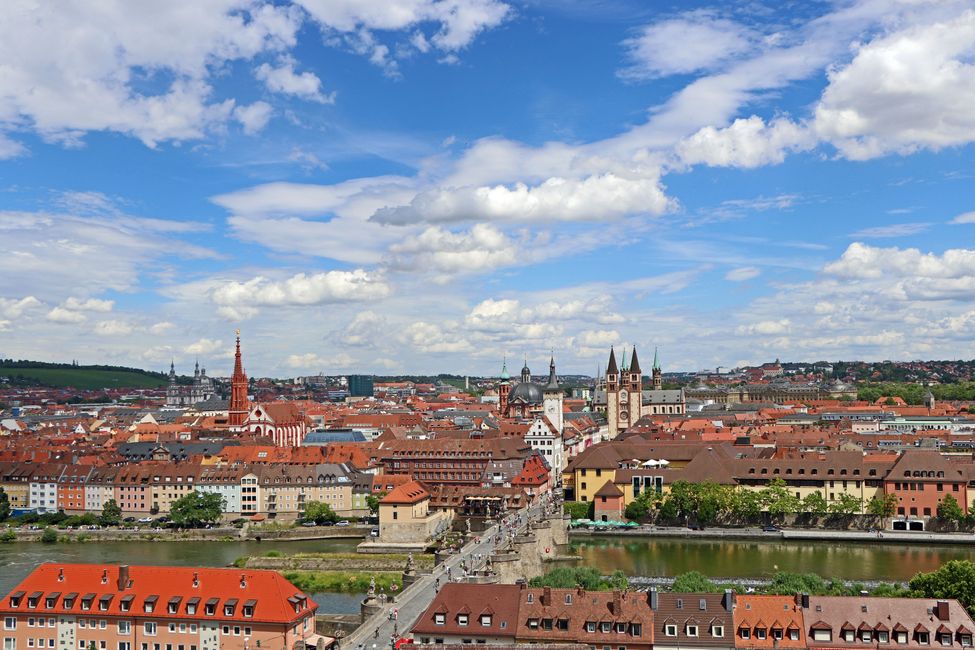
Отчеты о поездках Германия
